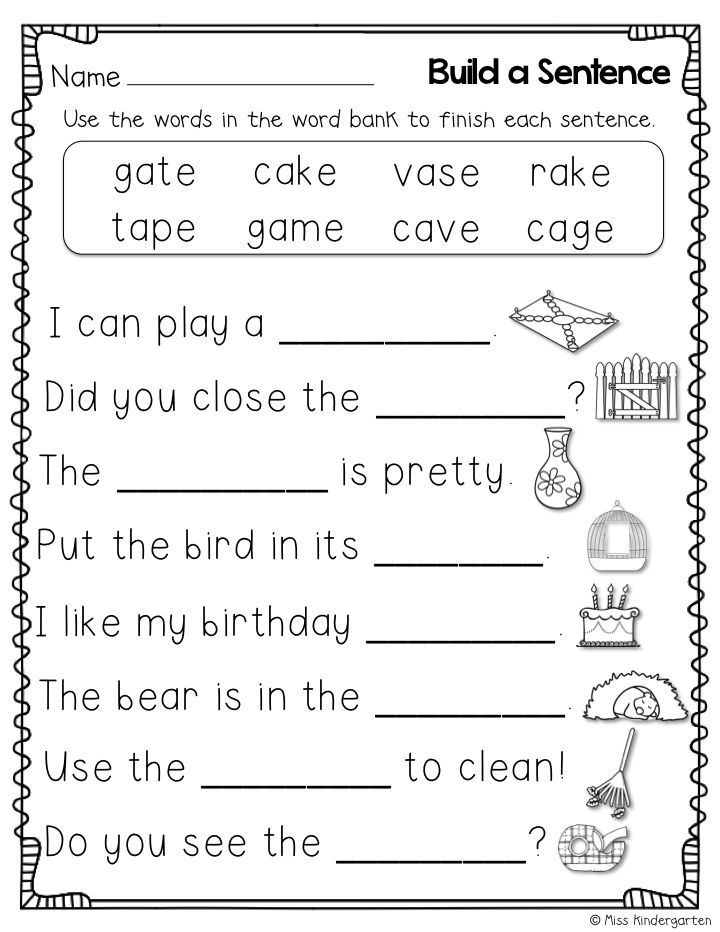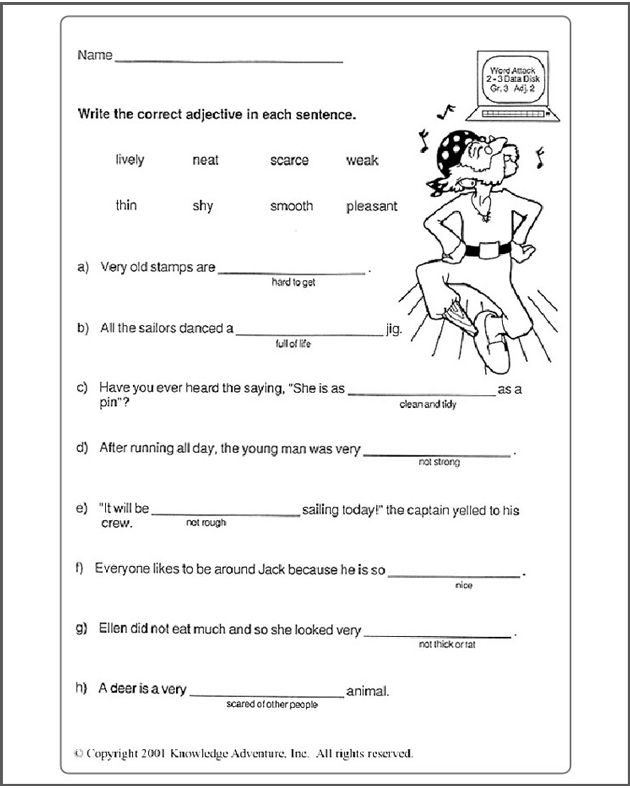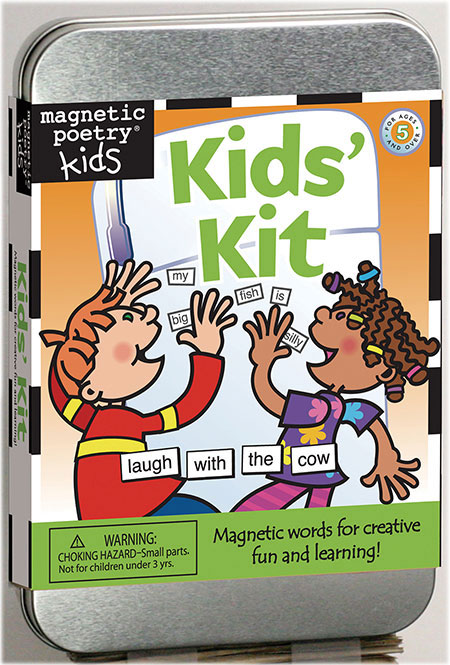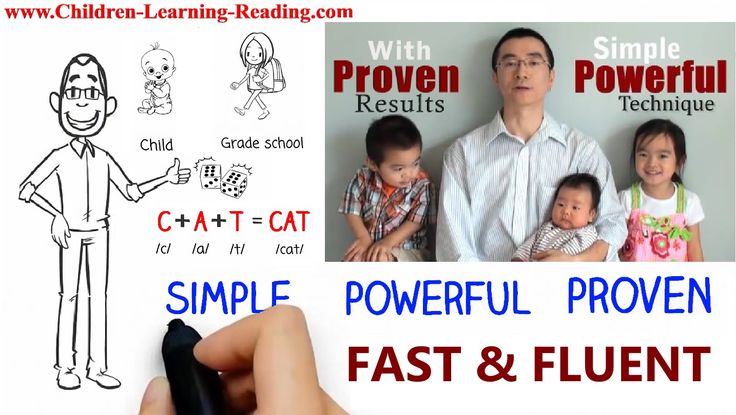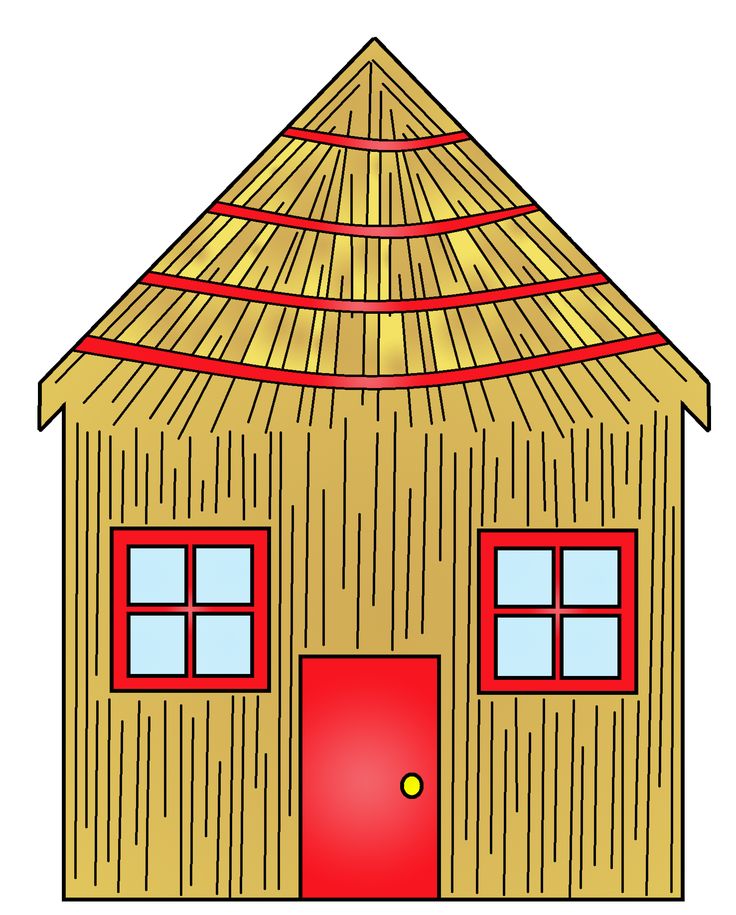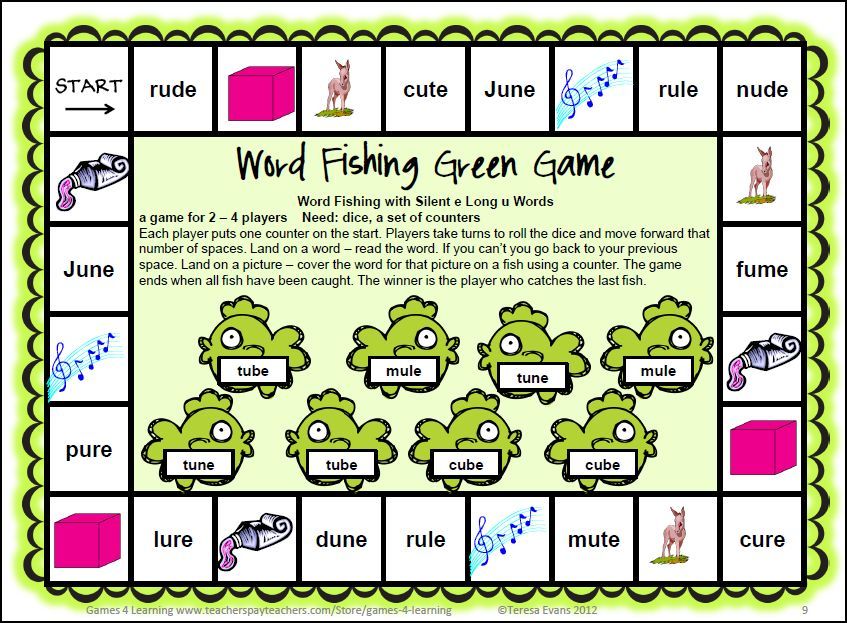Teaching preschool numbers
Introducing Numbers To Preschoolers | Foundation Education
Having an understanding of numbers is crucial in our daily lives.
It is essential that kids are able to identify and understand numbers from an early age.
Understanding numbers prepares preschoolers for the more complex mathematical tasks that they will face in their school years.
Here are 6 teaching strategies that you can follow as you prepare to introduce numbers to preschoolers.
One: Make numbers a work of artOne of the early ways to get kids thinking numbers in a creative way is to get them painting. While this won’t get them comprehending numbers in any ordered form, that’s fine. They can see them, they can draw them, they can colour them in bright colours and repeat the number out loud as they have some fun with painting.
Two: Connect the dotsAn oldie, but a good technique is a game that you can create from a really simple three dots to ten dots, twenty dots, as your kids develop. With a simple chalkboard or plain paper, you can create any image you want and put the kids to the test.
If they’re counting to three, create a triangle and get them to draw lines between the numbers one to three in the right order. Make the drawings and numbers more complex as their counting ability grows.
Children with autism can face certain learning challenges. Find out how you can support a child with autism in the classroom in our previous blog article.
Three: Tidy up by numbersHere’s a great way to get your preschoolers cleaning up after themselves and learning to count at the same time. If your living area often resembles a toy shop after an earthquake, turn the clean up into a game.
Ask your child to put away three, four or more toys and count them out loud as they do. Cheer every correct number and relocation of a toy from floor to basket like its one less thing for you to do.
As their numbers ability grows, see how many toys they can correctly count into the basket until one lovely day, they can clean up the entire floor and pass preschool math.
No need to sit around inside with numbers games. Go for a walk and get your kids counting off letterbox numbers. If a bus passes, see if they can recognise any numbers on its front before it goes by. Parked cars have numbers too.
Make numbers an adventure and your kids will enjoy the learning process even more. As they see numbers in all kinds of different places other than chalkboards and exercise books, they’ll also start to see them as more than just numbers. In their own small way, they’ll start to get it that numbers are pretty important.
Five: Sing songs with numbersIf you don’t know any, YouTube will soon fix that as there are a million nursery rhymes and kid’s songs out there most of us even know about yet. Sit with your kids while you play the videos and sing along. Use your fingers to show the numbers for extra emphasis.
Six: Draw by numbersWrite a number on a blank page or chalkboard.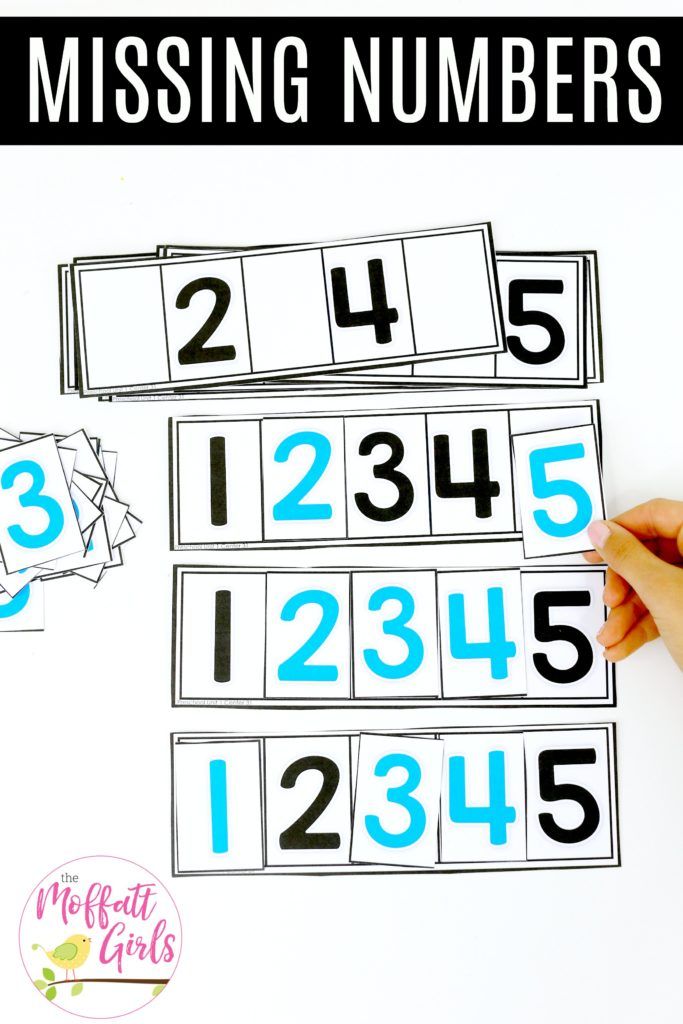 Then ask your child to draw apples matching that number. Or stick men, houses or trees, whatever your child likes drawing. The key is to get them drawing the right number. A nice creative and educational exercise.
Then ask your child to draw apples matching that number. Or stick men, houses or trees, whatever your child likes drawing. The key is to get them drawing the right number. A nice creative and educational exercise.
If you like the sound of this and want to be part of helping preschoolers be the best students they can be, check out our range of Education and Care courses.
Become a Preschool Assistant or a Childcare Assistant with our CHC30113 Certificate III in Early Childhood Education and Care. Fill out our Enquiry Form and one of our career advisors will be in touch with you to discuss your course options.
Next
40 Awesome Number Activities for Preschoolers
You are here: Home / Activities / Learning / Math & 123s / 40+ Awesome Number Activities for Preschoolers
16 Dec
Math & 123s
PopularPreschoolersCounting
Numbers
Resources59 Comments
SHARE POST
Number activities for preschoolers don't have to be boring and just worksheets, make them fun so your preschooler will love math!
I love math.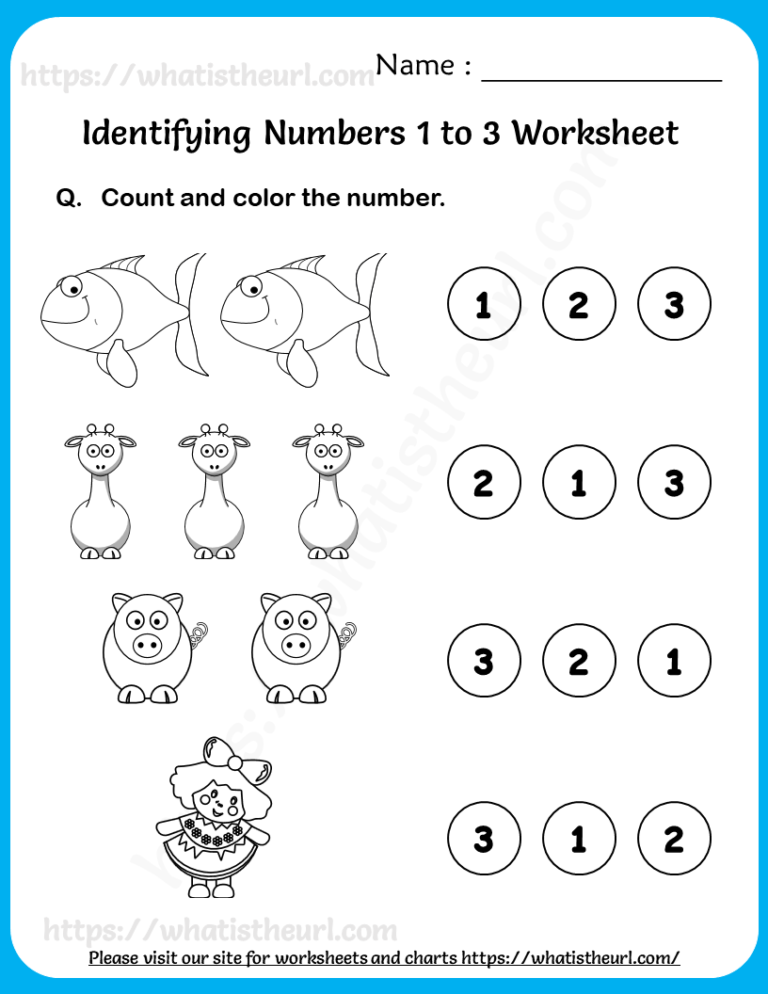 I’m a nerd, yes. But I love anything to do with numbers.
I’m a nerd, yes. But I love anything to do with numbers.
I really do hope I can pass this along to my kids by making learning activities about numbers and counting fun for them and not a chore.
As I’m typing this, Henry’s shouting excitedly as he’s counting how many things on his sprayer…though I’m not really sure what he’s counting exactly. He made it to 39 though!
Because I’m a huge math nerd I searched for easy and fun number activities for preschoolers.
My Favorite 40+ Number Activities for Preschoolers!
Try these activities to help preschoolers learn their ABCs!
Recognizing Numbers Activities for Preschoolers
Identifying numbers can be a learning experience for preschoolers (and younger!). Many of the ABC recognition activities can also be adjusted for numbers.
My kids love these 12 number activities for preschoolers to recognize numbers.
- Turn a number into sensory art – perfect for the 100th day of school!
- Go on a hunt for numbers and match it with the same number!
- Follow a number from start to finish in a maze.
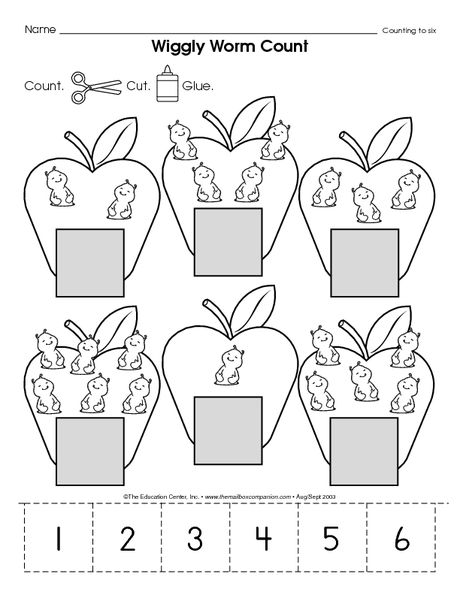
- Trace numbers, really big!
- Little Family Fun created a parking lot with numbers.
- Pop! Find the number and pop it!
- Find and match playing cards.
- Have target practice with water balloons and numbers, like Motherhood on a Dime
- Make art! Do this paint by number canvas art.
- Use stickers and printable number cards to play hide and seek, from Teach Mama.
- Draw and paint over numbers with q-tips, like Toddler at Play!
- Clip and match with giant numbers from You’ve Got This Math!
Activities for Number Recognition
Counting Activities for Preschoolers
Learning there’s a sequence to the numbers and what comes next. Try these 18 number activities to help preschoolers learn to count.
- Connect the dots! A simple past-time activity that reinforces the order of numbers.
- Upcycle a box into a puzzle of numbers!
- Create a maze of numbers to drive through. Can they count their way to the end?
- Stacking up boxes and counting how high you can go!
- Make a craft together with multiple pieces.
 Have your child do the counting!
Have your child do the counting! - Count cars of a particular color while on the road, or semis, or vans, whatever suits their interest!
- Create a learning game with your ABC mat and number blocks. Choose a number block and pound the corresponding times with a hammer on the corresponding number mat!
- Let your child run an experiment and measure how much something holds! How many cups fit?
- Make puzzles with a picture. Label sections of the puzzle in numerical order. Cut apart and have your child put it back together again, from Growing in PreK.
- Use friendly animal crackers to practice counting and number recognition, like I Can Teach My Child.
- Measure objects (or yourself!) and count how big they are, from The Imagination Tree
- Count objects around the house. No Time For Flash Cards wants to know “How many doors do you have?”
- Play any board game, or make your own! Little Family Fun creates a fish race game!
- Count with LEGO! Do Play Learn likes to label a paper with numbers and count out the LEGO next to it.

- Snack time! Use dice and fruit snacks and play until you eat them all up, like Kids Activities Blog.
- Have a bean bag toss on the stairs, number them!
- new
- new
Counting Activities for Preschoolers
One to One Correspondence Activities for Preschoolers
Knowing your numbers is one thing and knowing how to count is another. But being able to put them into context that they each have meaning is done with one to one correspondence.
Get ready for preschool with 35 name activities!
I love these 12 number activities that help a preschool practice one to one correspondence.
- Head out into nature and explore flowers. Count and compare flower petals!
- Go on a hunt for a number and match it to its corresponding dots.
- Build towers of blocks on a number mat, with the correct number of blocks high!
- Spark your child’s interest with their interests! A farming approach of loading grain bins with the corresponding number of pieces of “grain.
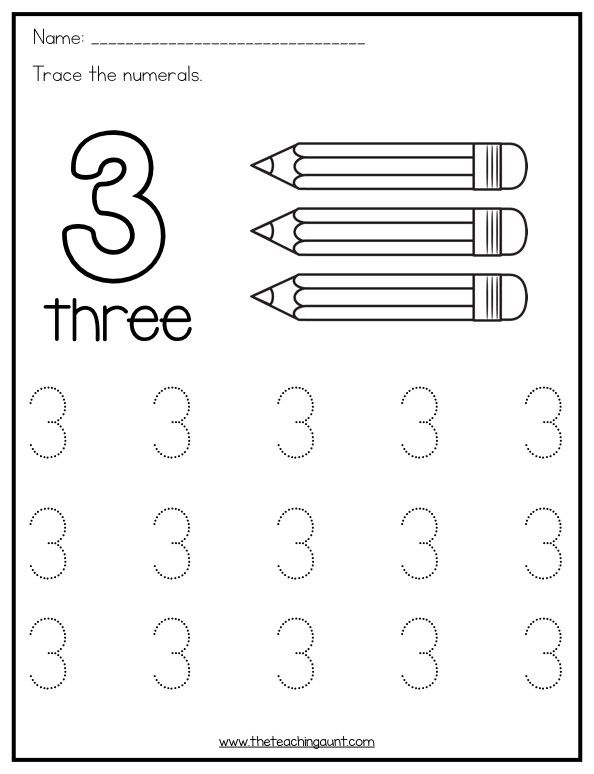 ”
” - Have a newspaper throwing game and count up the newspaper balls, or how many you make, or miss!
- Make something in the kitchen together, or do an experiment and let your child measure out and do the counting.
- Sort through objects by color, and count how many you have of each!
- Fill a dump truck with objects (like Dominoes!) and count how many you can fit in there, like Inspiration Laboratories.
- Estimate first for some fun and then count item, from Teach Preschool.
- Have a counting race in the front yard and pick dandelions in the process!
- Roll a die (or two!) and practice one to one correspondence as kids build towers with blocks.
- Use a dice and small objects (like pom poms or corn kernels) and count them and fill up a tray.
One to One Number Activities for Preschoolers
Counting and number books that will get preschoolers excited about numbers:
- The Baker’s Dozen: A Counting Book
- I Spy Numbers
- One Big Building: A Counting Book About Construction (Know Your Numbers)
Do you actively work on numbers and counting with your child? Share your favorite activities!
SHARE POST
About Jamie Reimer
Jamie learned to be a hands on mom by creating activities, crafts and art projects for her three boys to do.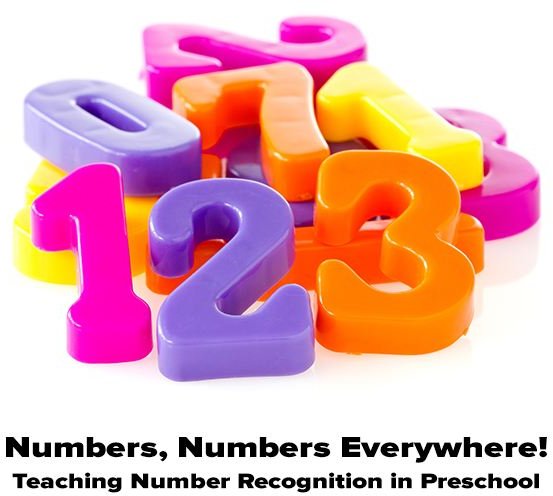 Jamie needed the creative outlet that activities provided to get through the early years of parenting with a smile! Follow Jamie on Pinterest and Instagram!
Jamie needed the creative outlet that activities provided to get through the early years of parenting with a smile! Follow Jamie on Pinterest and Instagram!
Reader Interactions
Teaching children to count
Along with such skills as reading and writing, the ability to count is very important. Despite this, many parents prefer to focus their efforts on teaching their child other skills. However, we do not advise you to delay this, because early learning to count will serve your child as an excellent service in the future.
In favor of this, we will give several arguments, and at the same time answer the question: why does a child need to be able to count at all?
Contents:
- Why is it important to teach a child to count
- Features of teaching children to count
- Stages of teaching children to count according to A. M. Leushina
- When to start teaching children to count. Initial Teaching Methods
- How to explain to a baby the concept of the number
- Counting quotes from famous people
Why it is important to teach a child to count
One can talk endlessly about the benefits of reading, but we will only point out the main reasons and benefits of teaching a child to count:
- Mathematical calculations are considered one of the highest functions of the human brain.
 Only humans can count. Mastering counting skills has a beneficial effect on brain development.
Only humans can count. Mastering counting skills has a beneficial effect on brain development. - Mastering counting skills develops mathematical thinking and thinking in general.
- Learning to count instills an interest in mathematics, which means that from an early age you can prepare a child for studying in a mathematical class and participating in arithmetic Olympiads (if, of course, interest is maintained over time and does not disappear). nine0012
- Mastering counting skills contributes to the development of memory, logic and attention.
- The ability to count is always useful in life, because many professions, and life situations often require a person to be able to count.
This list can be continued, but the bottom line is that the development of numeracy is part of the full and harmonious development of the child's personality. It is extremely important that parents develop their child in different directions during upbringing, and counting is one of those.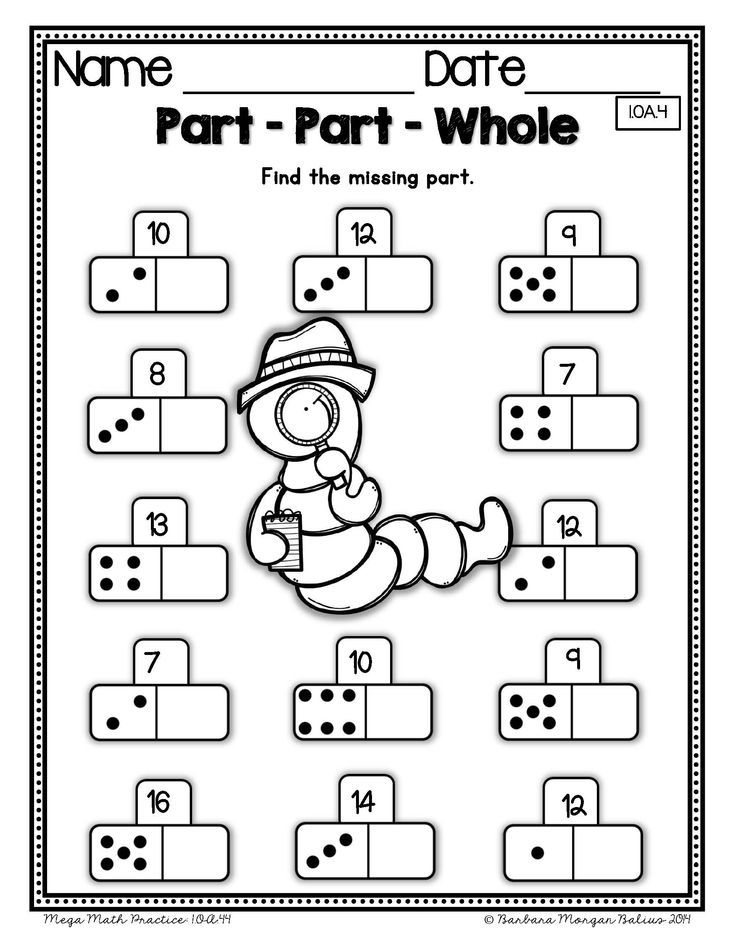 nine0003
nine0003
But how can you start developing your baby's first counting skills? Are there any rules to follow? We will answer these questions in the next section.
Features of teaching children to count
Unfortunately, there is no consensus on teaching children the science of counting. For example, Anna Mikhailovna Leushina, a well-known teacher, doctor of pedagogical sciences and a recognized specialist in preschool education, believed that one should not rush to learn counting at all, and one should learn to count only after mastering the simplest operations on sets. nine0003
The fact is that the account is an activity that has its own specific characteristics, namely: the goal, means, methods of implementation and results, expressed in the form of a final number as an indicator of the power of the set.
The meaning of counting as an activity is to establish a one-to-one effect between the elements of a certain set and the numbers of the natural series as a standard set of numbers, where all these numbers reflect a certain class of sets.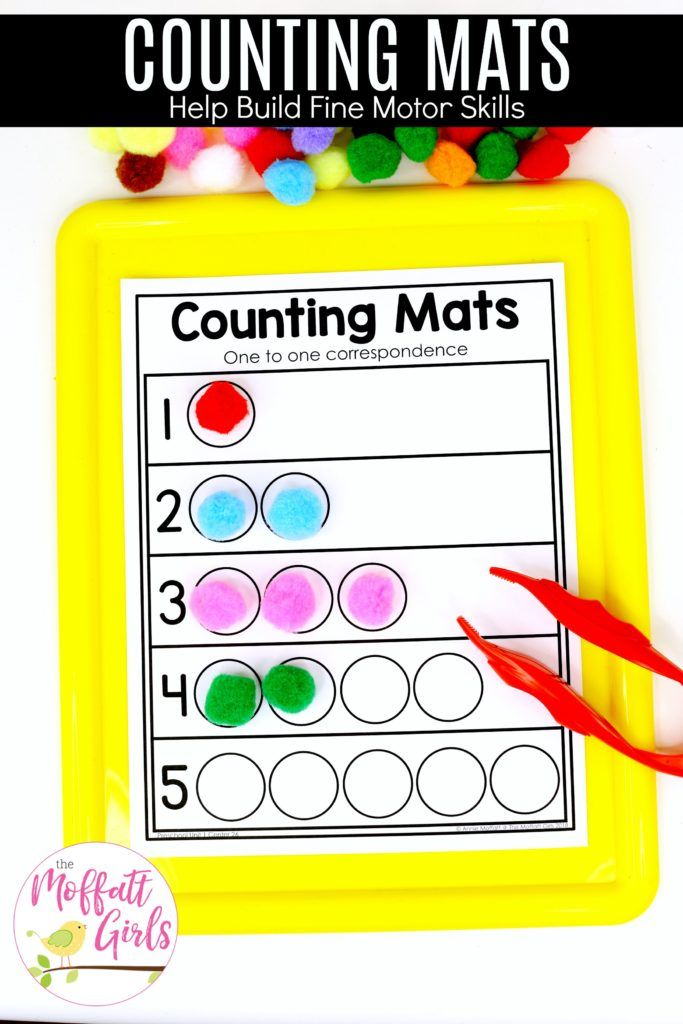
A huge number of psychological and pedagogical studies carried out at one time by such specialists as V. V. Danilova, G. S. Kostyuk, A. M. Leushina and others showed that children begin to master the account gradually, and this process itself goes through a series stages.
Stages of teaching children to count according to AM Leushina
It is always necessary to teach children to count from practical operations with sets, their splitting into components and comparison of adjacent sets. Account activity can be divided into the account stage and the total stage. Based on this, there is a correlated account and a final account. Correlated account, i.e. the process of counting, expressed in naming a number, is much easier for children to master, and it is more difficult to master the result of counting. nine0003
Thus, AM Leushina identified six basic stages in the development of counting skills in children. The first two stages are considered preparatory. Passing them, children carry out operations with sets without using numbers.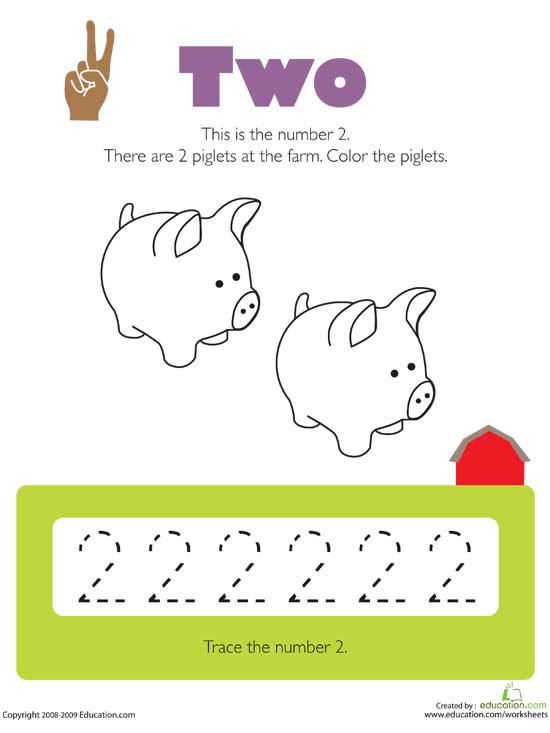 The quantity is estimated by means of the words “none”, “one”, “many”, as well as “more”, “less” and “equally”. In other words, the first two stages are pre-numeric stages, and the other four are numeric. Let's talk in more detail about each of the stages.
The quantity is estimated by means of the words “none”, “one”, “many”, as well as “more”, “less” and “equally”. In other words, the first two stages are pre-numeric stages, and the other four are numeric. Let's talk in more detail about each of the stages.
First stage
Typically, the first stage corresponds to the second and third years of a child's life.
The purpose of this step is to familiarize yourself with the structure of the set.
The main methods of learning are the selection of components in the set, as well as the compilation of a set of elements. At this stage, kids compare one and many.
The second stage
The second stage refers to the same age period. But the difference with the first is that kids learn to count by going through special math classes. nine0003
The purpose of the stage is to teach the child to compare element by element adjacent sets - sets that differ in the number of components by one unit.
The main methods of learning are comparison, application and overlay. Thanks to them, the child masters the skill of establishing equality from inequality by adding or eliminating one element.
Thanks to them, the child masters the skill of establishing equality from inequality by adding or eliminating one element.
The third stage
The third stage corresponds to the fifth year of life.
The goal is to familiarize the child with the formation of numbers. nine0003
At this stage, children learn to compare adjacent sets and establish equalities, as a result of which they master the result of counting, indicated by a number. It turns out that at first the baby learns to count, and then he understands its result - the number.
Fourth stage
The fourth stage is realized in the sixth year of life.
The goal is to introduce the child to the ratio of adjacent numbers of the natural series. As a result, he comes to understand the basic principle, according to which each number has its place, each next number is more than the previous one by one, and each previous one is one less than the next. nine0003
Fifth stage
The fifth stage corresponds to the seventh year of life.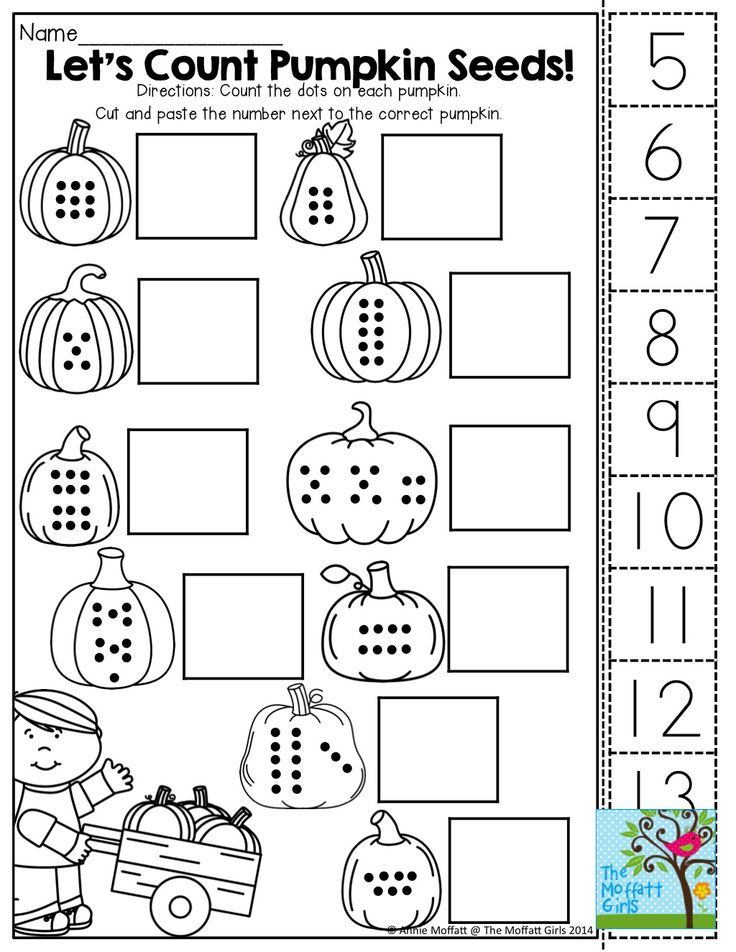
The goal is to explain to the child the group count (counts in groups of 2, 3 or 5). As a result, the child begins to master the decimal system of calculus.
In most cases, at the fifth stage, preschoolers finish learning to count.
Sixth stage
The sixth stage also corresponds to the seventh year of life.
Aimed at improving children's skills in decimal calculus. The child learns how the numbers of the second ten are formed, begins to understand how any number is formed, that there are ten units in one ten, that when ten units are added to one ten, two tens are obtained, etc. nine0003
These are the main stages of teaching children to count, established by AM Letushina. If you take this information into account and build the process of teaching your child to count, guided by it, the material will be absorbed much more efficiently, and the results will please you and your child.
Now it is worth talking about when you can directly start practical actions, and what methods are most effective at each age.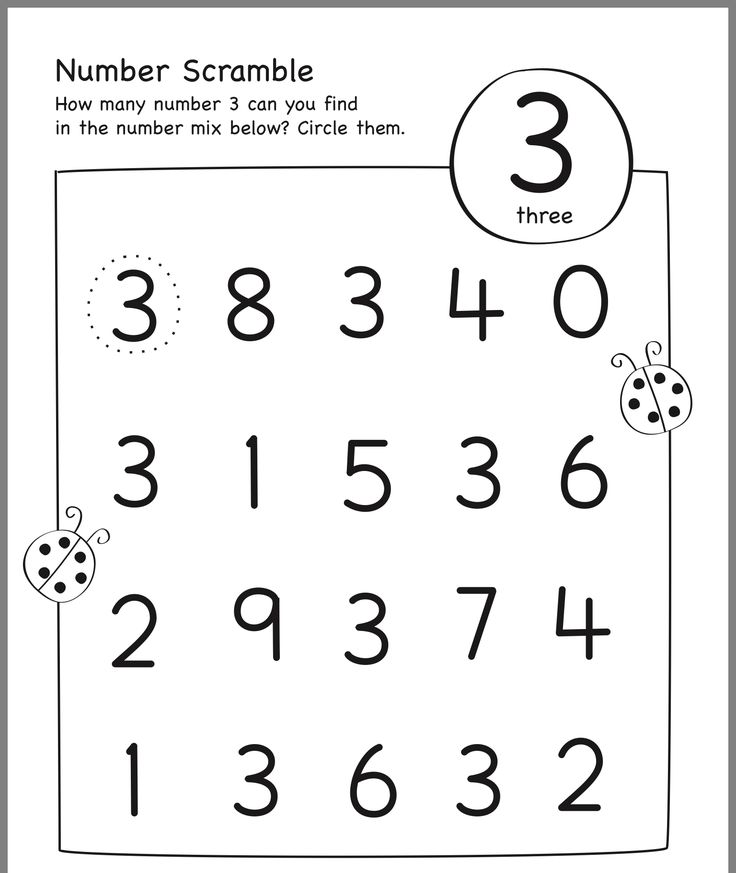
When to start teaching children to count. Initial teaching methods
As it has already become clear, it is better not to hurry with learning to count, but it is still necessary to gradually prepare the baby for mastering the count. This system can be followed:
- While the baby is not a year old. The child's brain is not yet ready for the full perception of information, so there is no point in teaching counting. However, you can start preparing it.
- Period from 1 to 3 years. Introduce the little one to what is little and what is much. For example, one toy is in the pen, but there are many toys in the box. Use dolls, nesting dolls, cars and other toys that fit easily in a child's hand. It is not necessary to conduct classes for a long time, otherwise the child will quickly get tired. As soon as you see that interest is gone, take up another activity. nine0012
- Period 3 to 4 years. Go to comparison.
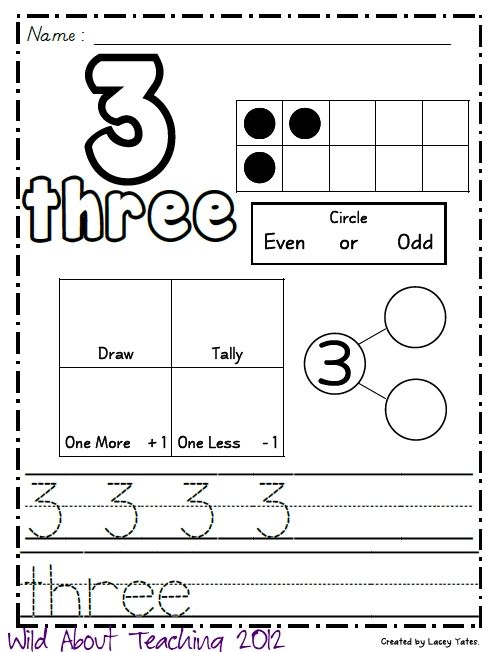 In the process, you can use absolutely everything that can be compared. Offer your baby objects of different sizes and in different quantities.
In the process, you can use absolutely everything that can be compared. Offer your baby objects of different sizes and in different quantities. - Period 4 to 5 years. Start counting a little. It is convenient to start with picture cards so that the child learns the relationship between the concept of the number and the number of objects. Provide as much visual information as possible - show cards with the number of objects and name their number. In addition, introduce the child to the numbers, again showing the cards. Bending and unbending your fingers, learn to count to ten. Use "Stoschet Zaytsev" in your work. Explain the numbers figuratively: the number "1" looks like a thin man, the number "2" looks like a swan, etc. nine0012
- Period 5 to 6 years. At this stage, move on to solving simple problems. Strive to convey to the child information about the quantitative meaning of the number, i.e. three is three ones, four is four ones, and so on.
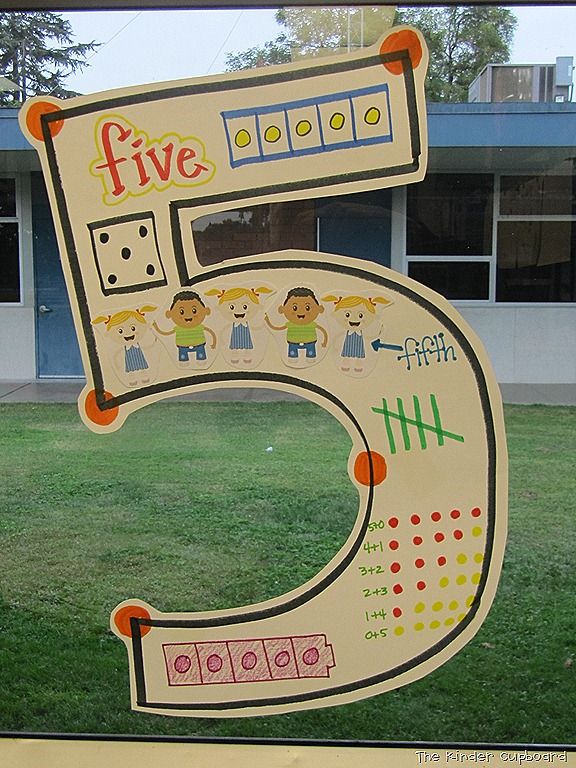 Buy a number line from a bookstore and show which numbers are bigger, which ones are smaller, which ones are ahead, which ones are further, etc. Be sure to spend time solving problems like “How many bears?”, “Which is more: cubes or balls?” etc. nine0039
Buy a number line from a bookstore and show which numbers are bigger, which ones are smaller, which ones are ahead, which ones are further, etc. Be sure to spend time solving problems like “How many bears?”, “Which is more: cubes or balls?” etc. nine0039 - Read nursery rhymes (some can be memorized).
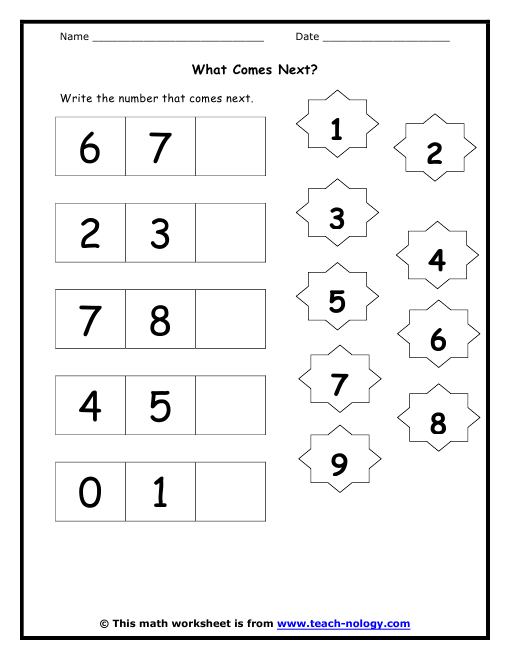 The counters are most effective - they can become the basis for understanding the concept of number. The counting rhymes are extremely simple: “One, two, three - look at your mother”, “One, two - we go for firewood”, etc. Even before the moment when the child notifies you that he has four cubes, he will already be able to pronounce counting rhymes, thereby studying the pronunciation of numbers and recognizing their features. nine0012
The counters are most effective - they can become the basis for understanding the concept of number. The counting rhymes are extremely simple: “One, two, three - look at your mother”, “One, two - we go for firewood”, etc. Even before the moment when the child notifies you that he has four cubes, he will already be able to pronounce counting rhymes, thereby studying the pronunciation of numbers and recognizing their features. nine0012 - Compare pictures where there are similarities and differences in terms of the number of objects depicted in them. Ask the child what is the difference between the pictures, and also give him the task to independently draw on paper a different number of objects - houses, animals, trees, people, etc.
- Use counting sticks. Ask the little one to put three sticks on the table, and then ask how many sticks are in front of him. You can spread the sticks on different sides of the table and ask how many sticks are on which side. Do as many manipulations with these sticks as possible.
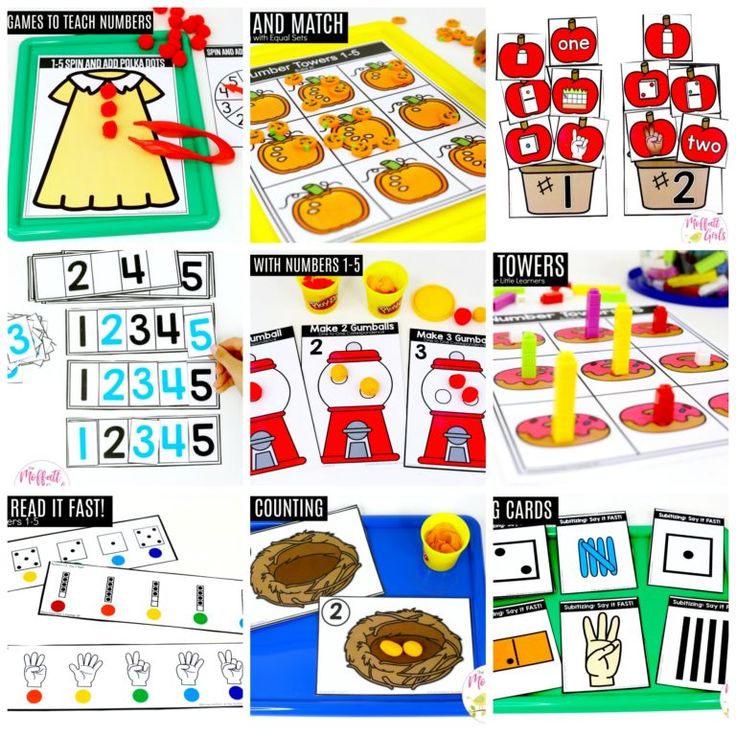 nine0012
nine0012 - Everywhere and always count: climbing stairs, eating porridge with spoons, collecting a pyramid of cubes, bending and unbending fingers on arms and legs, etc. Try to draw your child's attention to what is happening around, wherever you are and whatever you do. And always be interested in how much of this or that he sees next to him.
- Even at the smallest age, one can not only name numbers, but introduce elements of mathematical operations. For example, like this: “There are five benches in the yard, you and I have already sat on three. How many benches have we not sat on yet?”, or “Look, there are only ten steps, here we have passed one. How many steps are left”, etc. Let the baby still not understand what you want from him, but he will subconsciously perceive the incoming information, which will certainly manifest itself in the future. nine0012
- Firstly, the presented section of our course is devoted to teaching counting to children, mainly preschool and primary school age.
- Secondly, many technical problems have already been discussed in the first lessons of this section, and we have given a lot of information on how to avoid the most common mistakes that cause technical problems.
 nine0012
nine0012 - Thirdly, the psychological aspect is important because already at a young age it is possible to trace whether the child has difficulties in mastering the material, whether he has a craving for mathematical knowledge, what he gravitates more to - to the humanities or the exact sciences.
Remember that you need to teach counting only gradually and systematically. In future lessons, we will talk about the methods of teaching counting in more detail. In the meantime, our task is to understand the principle of future actions.
And summing up the introductory lesson, we want to tell you about how you can explain to a child what a number is.
How to explain the concept of number to a child
The concept of number can safely be called the basis of counting and mathematics. But it, like any concept from the field of mathematics in general, is an abstract category. For this reason, difficulties often arise when explaining to a child the essence of a number. nine0003
To make this easier, here are some good tricks:
Understand the most important thing for yourself: learning to count should be fun for the child, and he should enjoy it. Therefore, in no case do not force the child to study the account and numbers. It is better to turn all activities into a game. It is also very important to show the growing little man why you need to be able to count and what is the use of it. However, we will talk about all this later.
Therefore, in no case do not force the child to study the account and numbers. It is better to turn all activities into a game. It is also very important to show the growing little man why you need to be able to count and what is the use of it. However, we will talk about all this later.
In the second lesson, you will learn the most common approaches to learning to count, some exercises and the secrets of successful learning. nine0003
Lesson 1. The most common methods of teaching children to count
The ability to count makes even an adult's life much easier, because it allows you to be more efficient at work, save time, and achieve better results. As for children, oral counting skills are needed so that they can more successfully master the exact sciences when they study at school, and also competently operate with objects of the world around them.
As it has already become clear, it is necessary to think about how to teach your precious child to count long before the moment when it is time to go to the first grade.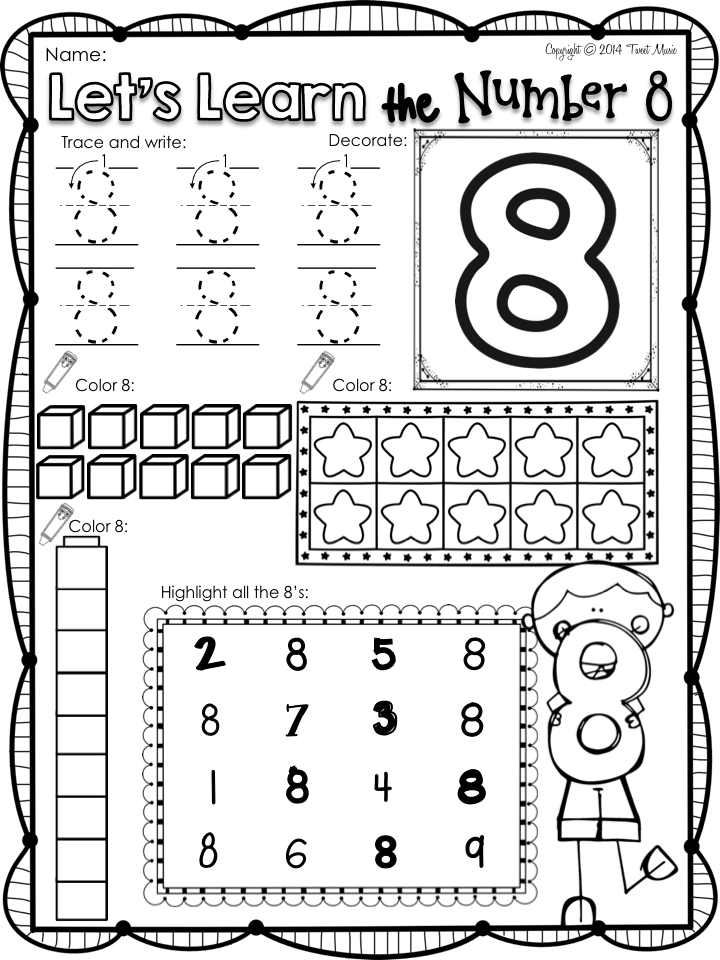 It is precisely because of the need for appropriate teaching methods and the relevance of this issue in general that not only specialists in preschool education, but also parents themselves, for many years, learning from their mistakes, came up with various ways to teach children to count. nine0003
It is precisely because of the need for appropriate teaching methods and the relevance of this issue in general that not only specialists in preschool education, but also parents themselves, for many years, learning from their mistakes, came up with various ways to teach children to count. nine0003
Lesson 2. Advantages and disadvantages of the main methods of teaching children to count
In the second lesson we talked about the most common methods of teaching children to count. In the same lesson, we will analyze in more detail the methods of Nikolai Zaitsev and Glen Doman we mentioned earlier, talk more specifically about counting on fingers and mental counting, and also point out the pros and cons of all these methods.
We have already understood that the ability to count, together with the ability to read and write, belongs to the first step in home schooling. It is likely that you have already tried your hand at teaching a child to count, and most likely noticed that success can be achieved even without special didactic tools and pedagogical skills. nine0003
nine0003
Lesson 3. Preparing for counting for the little ones: tips, activities, games, books
Any child can be taught to count. The only question is how to do it. Despite the fact that counting (including quick calculations) is not a serious difficulty, some children are given it almost in the blink of an eye, while others understand the information with difficulty. Not knowing how to convey seemingly elementary things to the baby, some parents resort to all sorts of tricks, while others give up altogether. In the matter of the full-fledged upbringing and development of the personality, neither one nor the other is completely suitable, and there is only one way out of the situation - to know how, when and what to do. We will talk about this. nine0003
Lesson 4. Studying numbers
Any teaching of counting and numbers should always begin with the assimilation of elementary quantitative concepts, such as "a lot", "few", "more", "less", "equally", etc. . And children easily understand them even at a toddler age. Your main parental task is simply to help them with this. The skills of quantitative comparison can be formed in the process of everyday life. So, together with the baby, you can compare the number of sweets or sandwiches, apartments on the playgrounds and steps on the stairs, pigtails and bows for girls, etc. However, it is not necessary to take on large groups of objects at once, because everything should start small. nine0003
. And children easily understand them even at a toddler age. Your main parental task is simply to help them with this. The skills of quantitative comparison can be formed in the process of everyday life. So, together with the baby, you can compare the number of sweets or sandwiches, apartments on the playgrounds and steps on the stairs, pigtails and bows for girls, etc. However, it is not necessary to take on large groups of objects at once, because everything should start small. nine0003
After mastering quantitative concepts, it's time for the baby to get acquainted with the world of numbers. As you already know, this should happen in an interesting and exciting way for the child, for which the methods we discussed in the first lessons should be applied.
Lesson 5. The principles of learning to count. Counting up to 10, up to 20 and up to 100. Counting in a column
As soon as children reach the age of 2-3 years, it is time to deal with counting with them more seriously than just telling them what is "little" and "a lot" and how much will be "2 + 2".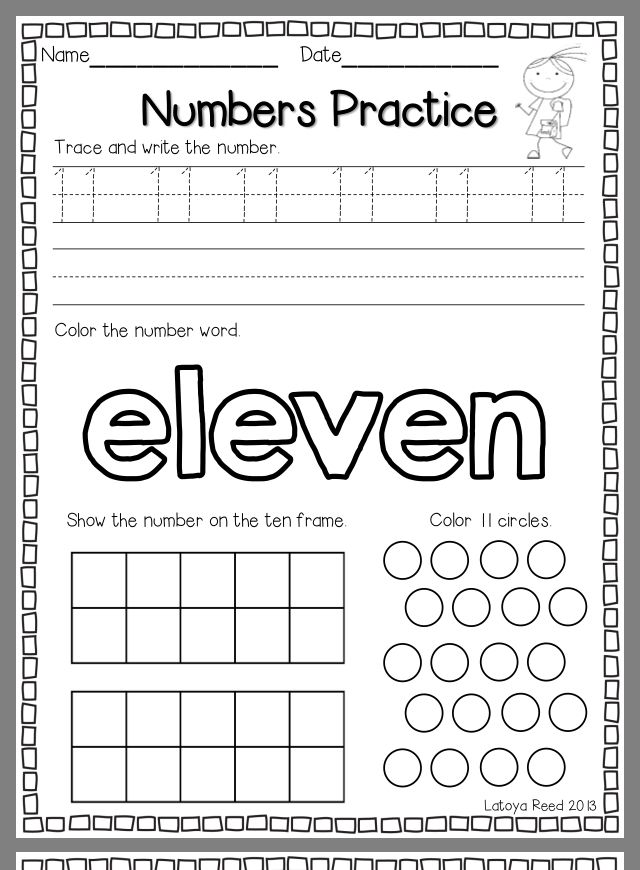 This age period is characterized by maximum cognitive activity, and cognitive abilities reach their peak. That is why the children themselves are distinguished by curiosity and the desire to learn something that they did not know how to do before. As a result, the incoming information falls on fertile ground, and then begins to be actively used by children in their interaction with surrounding objects and people. nine0003
This age period is characterized by maximum cognitive activity, and cognitive abilities reach their peak. That is why the children themselves are distinguished by curiosity and the desire to learn something that they did not know how to do before. As a result, the incoming information falls on fertile ground, and then begins to be actively used by children in their interaction with surrounding objects and people. nine0003
But when teaching a child to count, one should always keep in mind that some data can be somewhat problematic to assimilate. The child may, for example, miss some numbers from the number series or completely change their order. The reason for this is the selectivity of children's memory - for the most part, it lingers in what caused an emotional response in the mind, in particular, interest. Therefore, training should be built with a foundation on several fundamental principles that you definitely need to get acquainted with. nine0003
Lesson 6. Studying the multiplication table
The numbers are studied, the basic mathematical concepts are mastered, the child freely counts up to a hundred, adds and subtracts - all this suggests that it is time to start studying the multiplication table.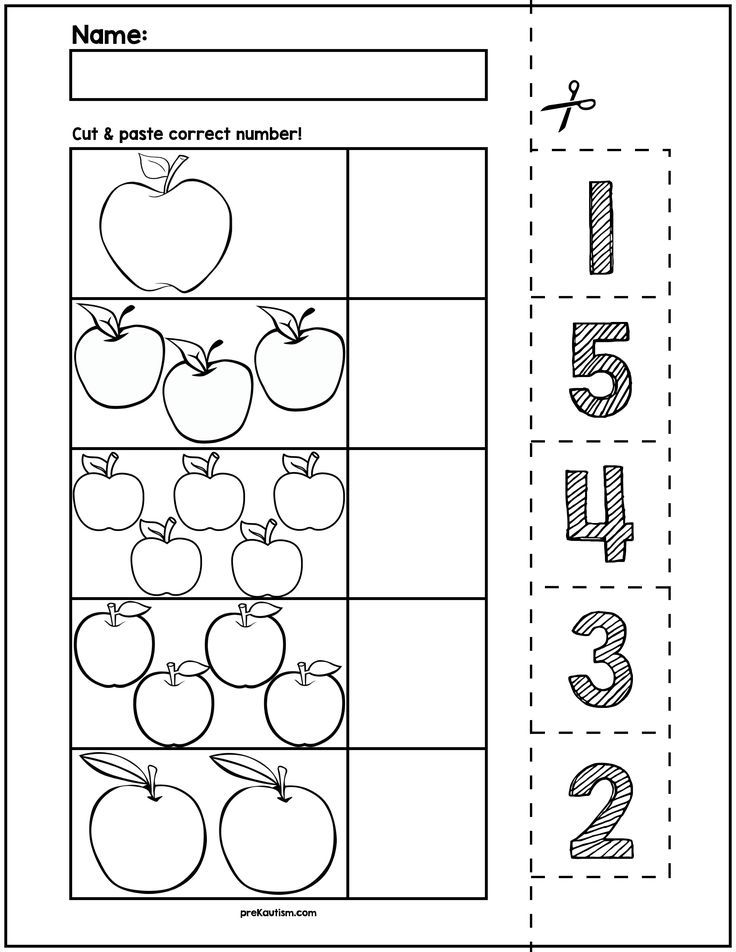
The multiplication table can be given to a future student more difficult than the basics of mathematics, and as a parent interested in the development of his child, you are obliged to support him in this matter. As before, you will need a fair amount of patience and perseverance. nine0003
Lesson 7. Eliminating problems with mathematics
In this lesson we will try to consider not so much the problems with the technical side of mastering mathematical knowledge, but the problems of a more global, one might say, psychological nature.
There are several reasons for this. You will learn about them in this lesson.
Lesson 8. How to make a child fall in love with mathematics
You can endlessly do math with your child, learn the multiplication table, solve hundreds of examples, but still you can’t get him to begin to have warm feelings for this subject. For many children, mathematics is not only difficult, but also a very boring subject.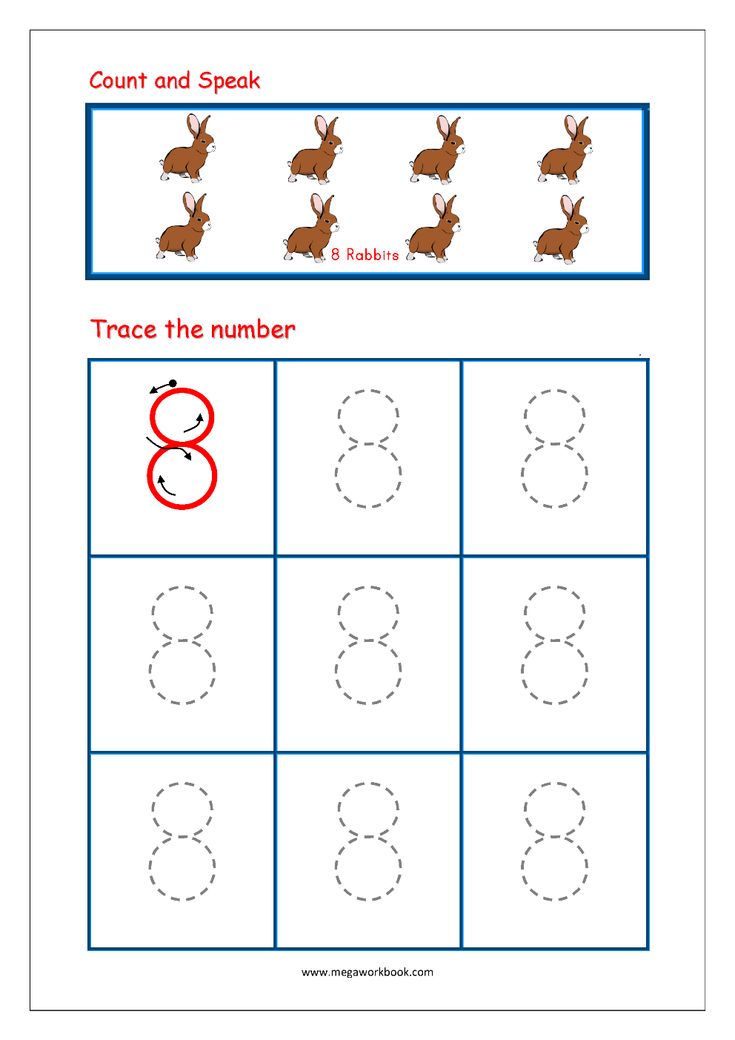 As a result, numbers, examples and tasks are not interesting for children, and are given to them with great difficulty. Many parents in such cases come to the conclusion that their children have a humanitarian mindset, but not always the reason lies in the lack of abilities for technical sciences and all kinds of calculations. nine0003
As a result, numbers, examples and tasks are not interesting for children, and are given to them with great difficulty. Many parents in such cases come to the conclusion that their children have a humanitarian mindset, but not always the reason lies in the lack of abilities for technical sciences and all kinds of calculations. nine0003
As you know, attitude towards something automatically affects the desire to deal with it. Remember yourself: how often does it happen that you don’t like something, as a result of which, even if you have to interact with it (do some things, solve some tasks, communicate with specific people), you show absolutely no enthusiasm. The situation is exactly the same in the context of our topic. It is likely that the child's failures in mathematics are due to the fact that he simply does not like it. And in order to remedy the situation, you need to know the ways by which you can instill in your child a love of mathematics. Remember that, first of all, your task, as a parent-teacher, is to convey to the mind of the child that mathematics can be both interesting and useful, and in general, you can enjoy it. nine0003
nine0003
Lesson 9. Basic math tricks
Having covered the most important questions and the most difficult moments in the process of teaching children to count, now we can afford to relax a little. Today we will get acquainted with ten simple mathematical tricks, which, firstly, will help your child realize that mathematics is simple and interesting, and secondly, will teach him to enjoy computing. However, it will be useful for you, as parents, to brush up on arithmetic knowledge and, perhaps, discover something new for yourself. nine0003
The following math tricks will improve your precious child's skills and speed up their mental math skills.
Next, we suggest taking a break and getting a charge of additional motivation to complete the course.
Quotes from famous people about numeracy0007 quotes from famous people
about numeracy:Everything that is known has a number, because it is impossible to understand anything, or to know without it.
Pythagoras
A purely mathematical mind will work correctly only if all definitions and beginnings are known to it in advance, otherwise it gets confused and becomes unbearable, because it works correctly only on the basis of clearly formulated beginnings.
nine0002
Blaise Pascal
Mathematics contains not only truth, but also the highest beauty - cold and austere beauty, like the beauty of a sculpture.
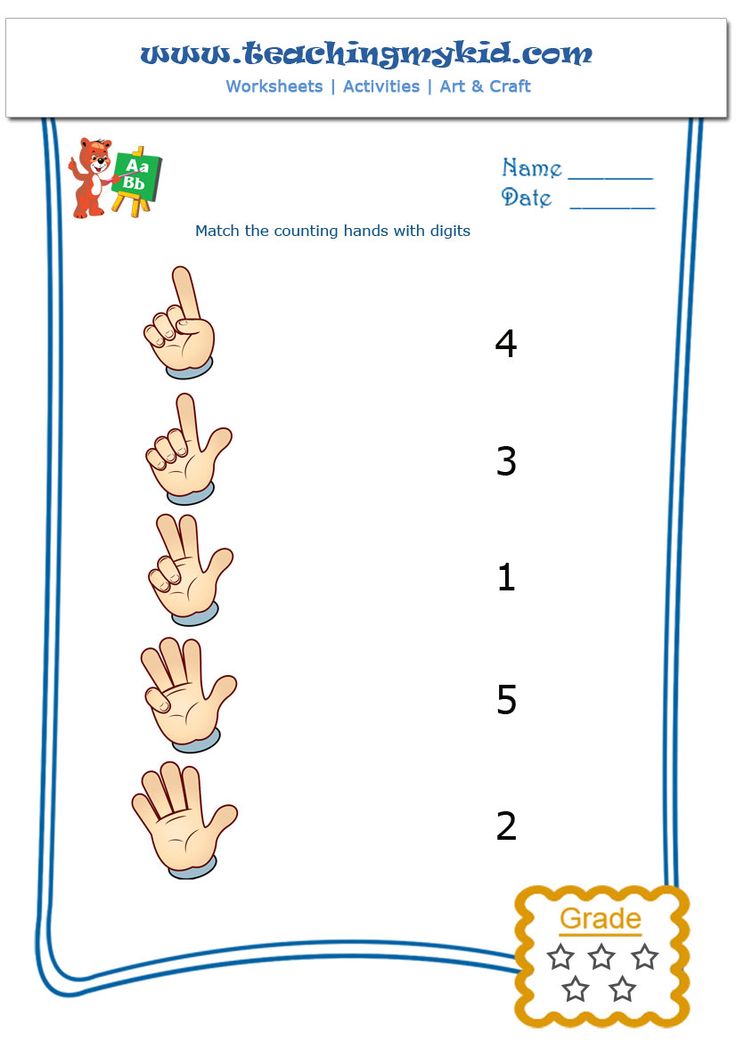
Bertrand Russell
The Lord created whole numbers, the rest is the work of man.
Leopold Kronecker
Mathematics is the queen of sciences.
Carl Friedrich Gauss
The Book of Nature is written in the language of mathematics.
Galileo Galilei
Mathematics is proving the most obvious things in the least obvious way.
George Poya
The structure of our world is incomprehensible without knowledge of mathematics.
Roger Bacon
Anyone who cannot understand mathematics is not quite human. At best, a harmless subhuman who has learned to wear shoes, wash himself and not litter in the house. nine0003
Robert Heinlein
This life is only good for two things: learning about mathematics and learning mathematics.
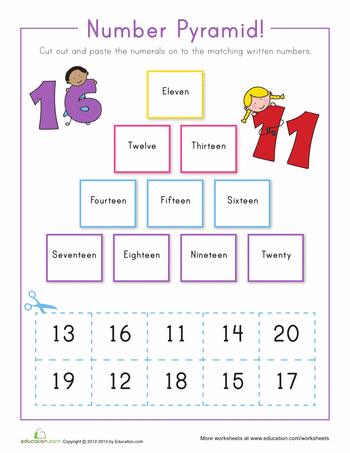
Simon Poisson
And now it's time to move on to the first lesson.
Kirill
1 Teaching methods →
Conditions for teaching counting to preschool children
%PDF-1.5 % 10 obj > /Metadata 4 0R >> endobj 5 0 obj /Title >> endobj 20 obj > endobj 3 0 obj > endobj 40 obj > stream nine0327 Conditions for teaching counting to preschool children Chernykh O.S.1.52019-02-06T14:42:21+05:002019-02-06T14:42:21+05:00 endstream endobj 6 0 obj > /ExtGState> /ProcSet [/PDF /Text /ImageB /ImageC /ImageI] /XObject> >> /MediaBox[0 0 595. 32 841.92] /Contents[86 0 R 87 0 R 88 0 R] /group> /Tabs /S /StructParents 0 /Annots [89 0R] >> endobj 70 obj > /ExtGState> /ProcSet [/PDF /Text /ImageB /ImageC /ImageI] >> /MediaBox [0 0 595.32 841.92] /Contents 91 0R /group> /Tabs /S /StructParents 5 >> endobj 80 obj > /ExtGState> /ProcSet [/PDF /Text /ImageB /ImageC /ImageI] >> /MediaBox [0 0 595.32 841.92] /Contents 92 0R /group> /Tabs /S /StructParents 8 >> endobj 9 0 obj > /ExtGState> /ProcSet [/PDF /Text /ImageB /ImageC /ImageI] >> /MediaBox[0 0 595.32 841.92] /Contents 93 0 R /group> /Tabs /S /StructParents 9 >> endobj 10 0 obj > /ExtGState> /ProcSet [/PDF /Text /ImageB /ImageC /ImageI] >> /MediaBox [0 0 595.32 841.92] /Contents 94 0 R /group> /Tabs /S /StructParents 10 >> endobj 11 0 obj > /ExtGState> /ProcSet [/PDF /Text /ImageB /ImageC /ImageI] >> /MediaBox [0 0 595.32 841.92] /Contents 96 0 R /group> /Tabs /S /StructParents 11 >> endobj 12 0 obj > /ExtGState> /ProcSet [/PDF /Text /ImageB /ImageC /ImageI] >> /MediaBox[0 0 595.
32 841.92] /Contents[86 0 R 87 0 R 88 0 R] /group> /Tabs /S /StructParents 0 /Annots [89 0R] >> endobj 70 obj > /ExtGState> /ProcSet [/PDF /Text /ImageB /ImageC /ImageI] >> /MediaBox [0 0 595.32 841.92] /Contents 91 0R /group> /Tabs /S /StructParents 5 >> endobj 80 obj > /ExtGState> /ProcSet [/PDF /Text /ImageB /ImageC /ImageI] >> /MediaBox [0 0 595.32 841.92] /Contents 92 0R /group> /Tabs /S /StructParents 8 >> endobj 9 0 obj > /ExtGState> /ProcSet [/PDF /Text /ImageB /ImageC /ImageI] >> /MediaBox[0 0 595.32 841.92] /Contents 93 0 R /group> /Tabs /S /StructParents 9 >> endobj 10 0 obj > /ExtGState> /ProcSet [/PDF /Text /ImageB /ImageC /ImageI] >> /MediaBox [0 0 595.32 841.92] /Contents 94 0 R /group> /Tabs /S /StructParents 10 >> endobj 11 0 obj > /ExtGState> /ProcSet [/PDF /Text /ImageB /ImageC /ImageI] >> /MediaBox [0 0 595.32 841.92] /Contents 96 0 R /group> /Tabs /S /StructParents 11 >> endobj 12 0 obj > /ExtGState> /ProcSet [/PDF /Text /ImageB /ImageC /ImageI] >> /MediaBox[0 0 595.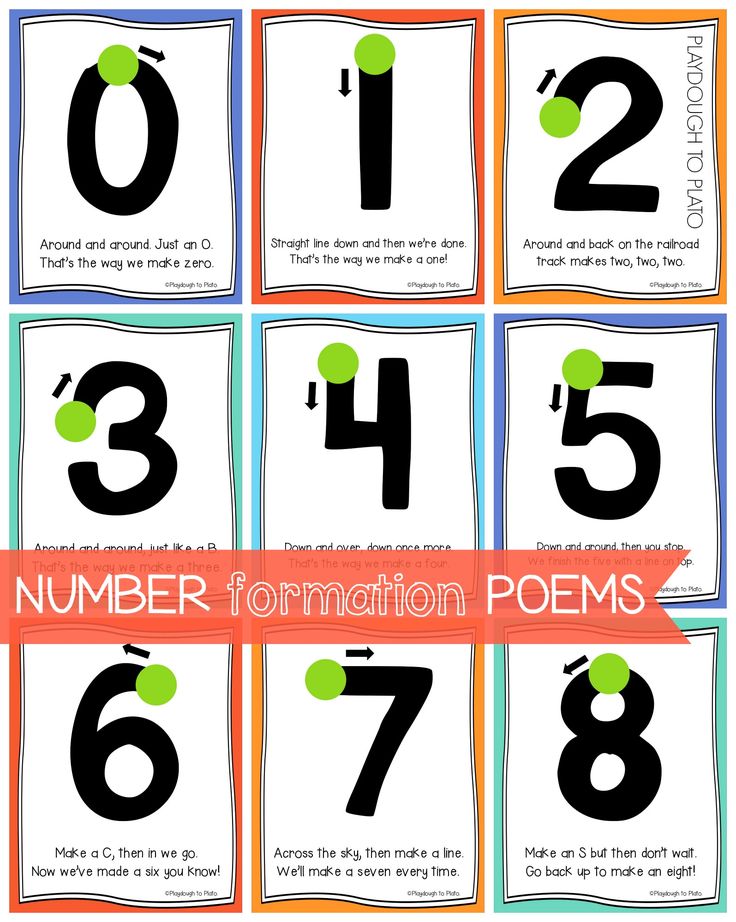 32 841.92] /Contents 97 0 R /group> /Tabs /S /StructParents 12 >> endobj 13 0 obj > /ExtGState> /ProcSet [/PDF /Text /ImageB /ImageC /ImageI] >> /MediaBox [0 0 595.32 841.92] /Contents 98 0 R /group> /Tabs /S /StructParents 13 >> endobj 14 0 obj > /ExtGState> /ProcSet [/PDF /Text /ImageB /ImageC /ImageI] >> /MediaBox [0 0 595.32 841.92] /Contents 99 0 R /group> /Tabs /S /StructParents 14 >> endobj 15 0 obj > /ExtGState> /ProcSet [/PDF /Text /ImageB /ImageC /ImageI] >> /MediaBox[0 0 595.32 841.92] /Contents 100 0R /group> /Tabs /S /StructParents 15 >> endobj 16 0 obj > /ExtGState> /ProcSet [/PDF /Text /ImageB /ImageC /ImageI] >> /MediaBox [0 0 595.32 841.92] /Contents 103 0 R /group> /Tabs /S /StructParents 16 >> endobj 17 0 obj > /ExtGState> /ProcSet [/PDF /Text /ImageB /ImageC /ImageI] >> /MediaBox [0 0 595.32 841.92] /Contents 104 0 R /group> /Tabs /S /StructParents 17 >> endobj 18 0 obj > /ExtGState> /ProcSet [/PDF /Text /ImageB /ImageC /ImageI] >> /MediaBox[0 0 595.32 841.92] /Contents 105 0 R /group> /Tabs /S /StructParents 18 >> endobj 19 0 obj > /ExtGState> /ProcSet [/PDF /Text /ImageB /ImageC /ImageI] >> /MediaBox [0 0 595.
32 841.92] /Contents 97 0 R /group> /Tabs /S /StructParents 12 >> endobj 13 0 obj > /ExtGState> /ProcSet [/PDF /Text /ImageB /ImageC /ImageI] >> /MediaBox [0 0 595.32 841.92] /Contents 98 0 R /group> /Tabs /S /StructParents 13 >> endobj 14 0 obj > /ExtGState> /ProcSet [/PDF /Text /ImageB /ImageC /ImageI] >> /MediaBox [0 0 595.32 841.92] /Contents 99 0 R /group> /Tabs /S /StructParents 14 >> endobj 15 0 obj > /ExtGState> /ProcSet [/PDF /Text /ImageB /ImageC /ImageI] >> /MediaBox[0 0 595.32 841.92] /Contents 100 0R /group> /Tabs /S /StructParents 15 >> endobj 16 0 obj > /ExtGState> /ProcSet [/PDF /Text /ImageB /ImageC /ImageI] >> /MediaBox [0 0 595.32 841.92] /Contents 103 0 R /group> /Tabs /S /StructParents 16 >> endobj 17 0 obj > /ExtGState> /ProcSet [/PDF /Text /ImageB /ImageC /ImageI] >> /MediaBox [0 0 595.32 841.92] /Contents 104 0 R /group> /Tabs /S /StructParents 17 >> endobj 18 0 obj > /ExtGState> /ProcSet [/PDF /Text /ImageB /ImageC /ImageI] >> /MediaBox[0 0 595.32 841.92] /Contents 105 0 R /group> /Tabs /S /StructParents 18 >> endobj 19 0 obj > /ExtGState> /ProcSet [/PDF /Text /ImageB /ImageC /ImageI] >> /MediaBox [0 0 595. 32 841.92] /Contents 106 0 R /group> /Tabs /S /StructParents 19 >> endobj 20 0 obj > /ExtGState> /ProcSet [/PDF /Text /ImageB /ImageC /ImageI] >> /MediaBox [0 0 595.32 841.92] /Contents 107 0R /group> /Tabs /S /StructParents 20 >> endobj 21 0 obj > /ExtGState> /ProcSet [/PDF /Text /ImageB /ImageC /ImageI] >> /MediaBox[0 0 595.32 841.92] /Contents 108 0 R /group> /Tabs /S /StructParents 21 >> endobj 22 0 obj > /ExtGState> /ProcSet [/PDF /Text /ImageB /ImageC /ImageI] >> /MediaBox [0 0 595.32 841.92] /Contents 109 0 R /group> /Tabs /S /StructParents 22 >> endobj 23 0 obj > /ExtGState> /ProcSet [/PDF /Text /ImageB /ImageC /ImageI] >> /MediaBox [0 0 595.32 841.92] /Contents 110 0 R /group> /Tabs /S /StructParents 23 >> endobj 24 0 obj > /ExtGState> /ProcSet [/PDF /Text /ImageB /ImageC /ImageI] >> /MediaBox[0 0 595.32 841.92] /Contents 111 0 R /group> /Tabs /S /StructParents 24 >> endobj 25 0 obj > /ExtGState> /ProcSet [/PDF /Text /ImageB /ImageC /ImageI] >> /MediaBox [0 0 595.32 841.92] /Contents 112 0 R /group> /Tabs /S /StructParents 25 >> endobj 26 0 obj > /ExtGState> /ProcSet [/PDF /Text /ImageB /ImageC /ImageI] >> /MediaBox [0 0 595.
32 841.92] /Contents 106 0 R /group> /Tabs /S /StructParents 19 >> endobj 20 0 obj > /ExtGState> /ProcSet [/PDF /Text /ImageB /ImageC /ImageI] >> /MediaBox [0 0 595.32 841.92] /Contents 107 0R /group> /Tabs /S /StructParents 20 >> endobj 21 0 obj > /ExtGState> /ProcSet [/PDF /Text /ImageB /ImageC /ImageI] >> /MediaBox[0 0 595.32 841.92] /Contents 108 0 R /group> /Tabs /S /StructParents 21 >> endobj 22 0 obj > /ExtGState> /ProcSet [/PDF /Text /ImageB /ImageC /ImageI] >> /MediaBox [0 0 595.32 841.92] /Contents 109 0 R /group> /Tabs /S /StructParents 22 >> endobj 23 0 obj > /ExtGState> /ProcSet [/PDF /Text /ImageB /ImageC /ImageI] >> /MediaBox [0 0 595.32 841.92] /Contents 110 0 R /group> /Tabs /S /StructParents 23 >> endobj 24 0 obj > /ExtGState> /ProcSet [/PDF /Text /ImageB /ImageC /ImageI] >> /MediaBox[0 0 595.32 841.92] /Contents 111 0 R /group> /Tabs /S /StructParents 24 >> endobj 25 0 obj > /ExtGState> /ProcSet [/PDF /Text /ImageB /ImageC /ImageI] >> /MediaBox [0 0 595.32 841.92] /Contents 112 0 R /group> /Tabs /S /StructParents 25 >> endobj 26 0 obj > /ExtGState> /ProcSet [/PDF /Text /ImageB /ImageC /ImageI] >> /MediaBox [0 0 595.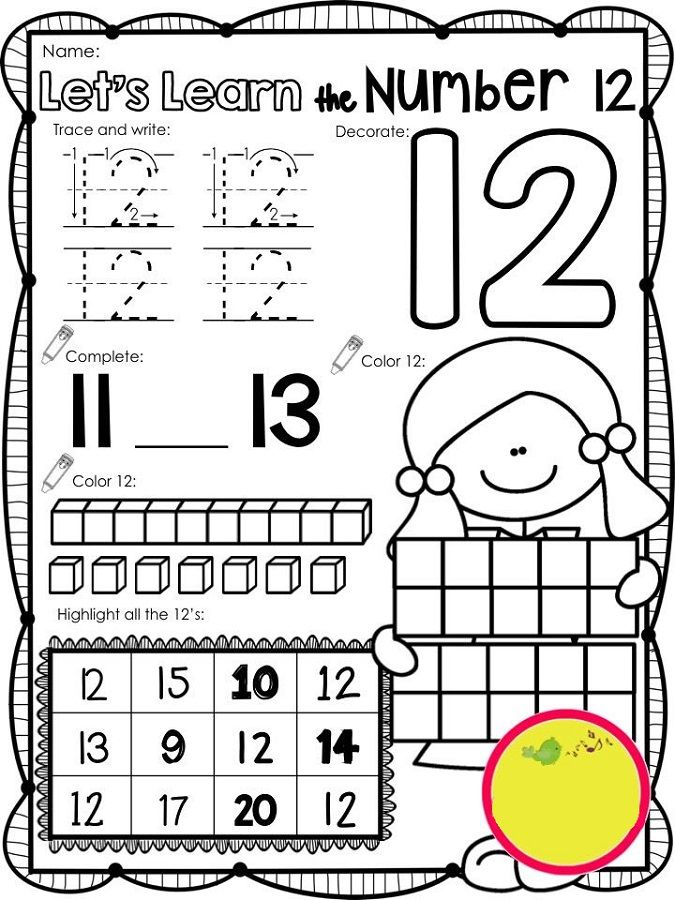 32 841.92] /Contents 113 0R /group> /Tabs /S /StructParents 26 >> endobj 27 0 obj > /ExtGState> /ProcSet [/PDF /Text /ImageB /ImageC /ImageI] >> /MediaBox[0 0 595.32 841.92] /Contents 115 0R /group> /Tabs /S /StructParents 27 >> endobj 28 0 obj > /ExtGState> /ProcSet [/PDF /Text /ImageB /ImageC /ImageI] >> /MediaBox [0 0 595.32 841.92] /Contents 116 0 R /group> /Tabs /S /StructParents 28 >> endobj 29 0 obj > /ExtGState> /ProcSet [/PDF /Text /ImageB /ImageC /ImageI] >> /MediaBox [0 0 595.32 841.92] /Contents 117 0 R /group> /Tabs /S /StructParents 29 >> endobj 30 0 obj > /ExtGState> /ProcSet [/PDF /Text /ImageB /ImageC /ImageI] >> /MediaBox[0 0 595.32 841.92] /Contents 118 0R /group> /Tabs /S /StructParents 30 >> endobj 31 0 obj > /ExtGState> /ProcSet [/PDF /Text /ImageB /ImageC /ImageI] >> /MediaBox [0 0 595.32 841.92] /Contents 119 0 R /group> /Tabs /S /StructParents 31 >> endobj 32 0 obj > /ExtGState> /ProcSet [/PDF /Text /ImageB /ImageC /ImageI] >> /MediaBox [0 0 595.32 841.92] /Contents 120 0R /group> /Tabs /S /StructParents 32 >> endobj 33 0 obj > /ExtGState> /ProcSet [/PDF /Text /ImageB /ImageC /ImageI] >> /MediaBox[0 0 595.
32 841.92] /Contents 113 0R /group> /Tabs /S /StructParents 26 >> endobj 27 0 obj > /ExtGState> /ProcSet [/PDF /Text /ImageB /ImageC /ImageI] >> /MediaBox[0 0 595.32 841.92] /Contents 115 0R /group> /Tabs /S /StructParents 27 >> endobj 28 0 obj > /ExtGState> /ProcSet [/PDF /Text /ImageB /ImageC /ImageI] >> /MediaBox [0 0 595.32 841.92] /Contents 116 0 R /group> /Tabs /S /StructParents 28 >> endobj 29 0 obj > /ExtGState> /ProcSet [/PDF /Text /ImageB /ImageC /ImageI] >> /MediaBox [0 0 595.32 841.92] /Contents 117 0 R /group> /Tabs /S /StructParents 29 >> endobj 30 0 obj > /ExtGState> /ProcSet [/PDF /Text /ImageB /ImageC /ImageI] >> /MediaBox[0 0 595.32 841.92] /Contents 118 0R /group> /Tabs /S /StructParents 30 >> endobj 31 0 obj > /ExtGState> /ProcSet [/PDF /Text /ImageB /ImageC /ImageI] >> /MediaBox [0 0 595.32 841.92] /Contents 119 0 R /group> /Tabs /S /StructParents 31 >> endobj 32 0 obj > /ExtGState> /ProcSet [/PDF /Text /ImageB /ImageC /ImageI] >> /MediaBox [0 0 595.32 841.92] /Contents 120 0R /group> /Tabs /S /StructParents 32 >> endobj 33 0 obj > /ExtGState> /ProcSet [/PDF /Text /ImageB /ImageC /ImageI] >> /MediaBox[0 0 595.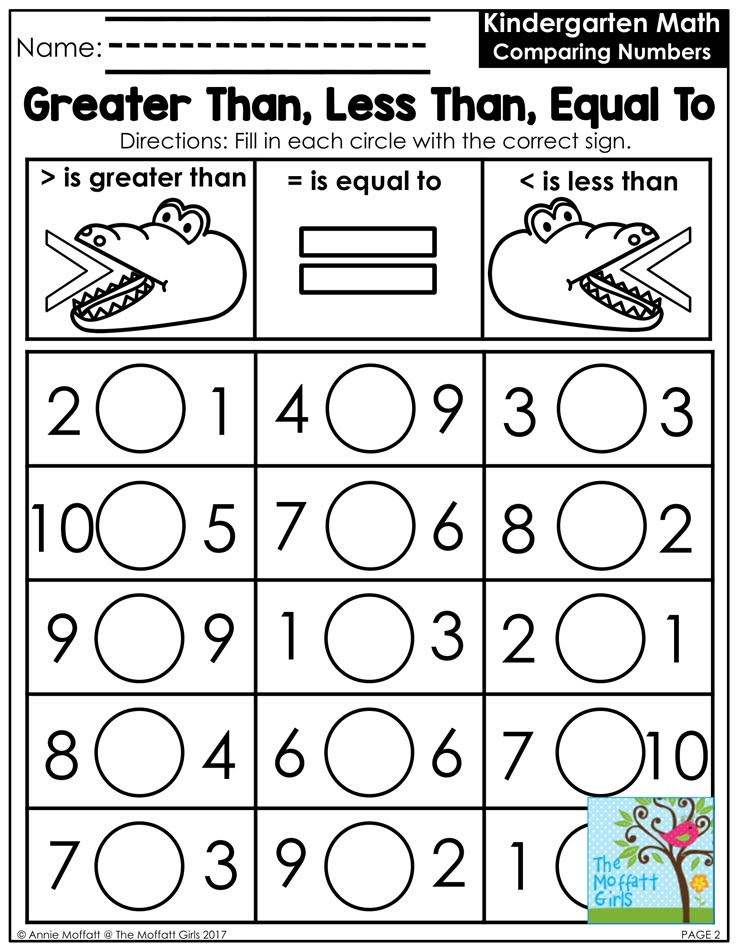 32 841.92] /Contents 121 0 R /group> /Tabs /S /StructParents 33 >> endobj 34 0 obj > /ExtGState> /ProcSet [/PDF /Text /ImageB /ImageC /ImageI] >> /MediaBox [0 0 595.32 841.92] /Contents 122 0 R /group> /Tabs /S /StructParents 34 >> endobj 35 0 obj > /ExtGState> /ProcSet [/PDF /Text /ImageB /ImageC /ImageI] >> /MediaBox [0 0 595.32 841.92] /Contents 123 0 R /group> /Tabs /S /StructParents 35 >> endobj 36 0 obj > /ExtGState> /ProcSet [/PDF /Text /ImageB /ImageC /ImageI] >> /MediaBox[0 0 595.32 841.92] /Contents 124 0 R /group> /Tabs /S /StructParents 36 >> endobj 37 0 obj > /ExtGState> /ProcSet [/PDF /Text /ImageB /ImageC /ImageI] >> /MediaBox [0 0 595.32 841.92] /Contents 125 0 R /group> /Tabs /S /StructParents 37 >> endobj 38 0 obj > /ExtGState> /ProcSet [/PDF /Text /ImageB /ImageC /ImageI] >> /MediaBox [0 0 595.32 841.92] /Contents 127 0 R /group> /Tabs /S /StructParents 38 >> endobj 39 0 obj > /ExtGState> /XObject> /ProcSet [/PDF /Text /ImageB /ImageC /ImageI] >> /MediaBox[0 0 595.32 841.
32 841.92] /Contents 121 0 R /group> /Tabs /S /StructParents 33 >> endobj 34 0 obj > /ExtGState> /ProcSet [/PDF /Text /ImageB /ImageC /ImageI] >> /MediaBox [0 0 595.32 841.92] /Contents 122 0 R /group> /Tabs /S /StructParents 34 >> endobj 35 0 obj > /ExtGState> /ProcSet [/PDF /Text /ImageB /ImageC /ImageI] >> /MediaBox [0 0 595.32 841.92] /Contents 123 0 R /group> /Tabs /S /StructParents 35 >> endobj 36 0 obj > /ExtGState> /ProcSet [/PDF /Text /ImageB /ImageC /ImageI] >> /MediaBox[0 0 595.32 841.92] /Contents 124 0 R /group> /Tabs /S /StructParents 36 >> endobj 37 0 obj > /ExtGState> /ProcSet [/PDF /Text /ImageB /ImageC /ImageI] >> /MediaBox [0 0 595.32 841.92] /Contents 125 0 R /group> /Tabs /S /StructParents 37 >> endobj 38 0 obj > /ExtGState> /ProcSet [/PDF /Text /ImageB /ImageC /ImageI] >> /MediaBox [0 0 595.32 841.92] /Contents 127 0 R /group> /Tabs /S /StructParents 38 >> endobj 39 0 obj > /ExtGState> /XObject> /ProcSet [/PDF /Text /ImageB /ImageC /ImageI] >> /MediaBox[0 0 595.32 841. 92] /Contents 132 0R /group> /Tabs /S /StructParents 1 >> endobj 40 0 obj > /ExtGState> /XObject> /ProcSet [/PDF /Text /ImageB /ImageC /ImageI] >> /MediaBox [0 0 595.32 841.92] /Contents 143 0 R /group> /Tabs /S /StructParents 2 >> endobj 41 0 obj > /ExtGState> /ProcSet [/PDF /Text /ImageB /ImageC /ImageI] >> /MediaBox [0 0 595.32 841.92] /Contents 144 0 R /group> /Tabs /S /StructParents 39 >> endobj 42 0 obj > /ExtGState> /ProcSet [/PDF /Text /ImageB /ImageC /ImageI] >> /MediaBox[0 0 595.32 841.92] /Contents 148 0R /group> /Tabs /S /StructParents 3 >> endobj 43 0 obj > /ExtGState> /ProcSet [/PDF /Text /ImageB /ImageC /ImageI] >> /MediaBox [0 0 595.32 841.92] /Contents 149 0R /group> /Tabs /S /StructParents 40 >> endobj 44 0 obj > /ExtGState> /ProcSet [/PDF /Text /ImageB /ImageC /ImageI] >> /MediaBox [0 0 595.32 841.92] /Contents 152 0 R /group> /Tabs /S /StructParents 41 >> endobj 45 0 obj > /ExtGState> /ProcSet [/PDF /Text /ImageB /ImageC /ImageI] >> /MediaBox[0 0 595.32 841.92] /Contents 153 0R /group> /Tabs /S /StructParents 42 >> endobj 46 0 obj > /ExtGState> /ProcSet [/PDF /Text /ImageB /ImageC /ImageI] >> /MediaBox [0 0 595.
92] /Contents 132 0R /group> /Tabs /S /StructParents 1 >> endobj 40 0 obj > /ExtGState> /XObject> /ProcSet [/PDF /Text /ImageB /ImageC /ImageI] >> /MediaBox [0 0 595.32 841.92] /Contents 143 0 R /group> /Tabs /S /StructParents 2 >> endobj 41 0 obj > /ExtGState> /ProcSet [/PDF /Text /ImageB /ImageC /ImageI] >> /MediaBox [0 0 595.32 841.92] /Contents 144 0 R /group> /Tabs /S /StructParents 39 >> endobj 42 0 obj > /ExtGState> /ProcSet [/PDF /Text /ImageB /ImageC /ImageI] >> /MediaBox[0 0 595.32 841.92] /Contents 148 0R /group> /Tabs /S /StructParents 3 >> endobj 43 0 obj > /ExtGState> /ProcSet [/PDF /Text /ImageB /ImageC /ImageI] >> /MediaBox [0 0 595.32 841.92] /Contents 149 0R /group> /Tabs /S /StructParents 40 >> endobj 44 0 obj > /ExtGState> /ProcSet [/PDF /Text /ImageB /ImageC /ImageI] >> /MediaBox [0 0 595.32 841.92] /Contents 152 0 R /group> /Tabs /S /StructParents 41 >> endobj 45 0 obj > /ExtGState> /ProcSet [/PDF /Text /ImageB /ImageC /ImageI] >> /MediaBox[0 0 595.32 841.92] /Contents 153 0R /group> /Tabs /S /StructParents 42 >> endobj 46 0 obj > /ExtGState> /ProcSet [/PDF /Text /ImageB /ImageC /ImageI] >> /MediaBox [0 0 595. 32 841.92] /Contents 154 0 R /group> /Tabs /S /StructParents 43 >> endobj 47 0 obj > /ExtGState> /ProcSet [/PDF /Text /ImageB /ImageC /ImageI] >> /MediaBox [0 0 595.32 841.92] /Contents 155 0 R /group> /Tabs /S /StructParents 44 >> endobj 48 0 obj > /ExtGState> /ProcSet [/PDF /Text /ImageB /ImageC /ImageI] >> /MediaBox[0 0 595.32 841.92] /Contents 156 0 R /group> /Tabs /S /StructParents 45 >> endobj 49 0 obj > /ExtGState> /ProcSet [/PDF /Text /ImageB /ImageC /ImageI] >> /MediaBox [0 0 595.32 841.92] /Contents 157 0R /group> /Tabs /S /StructParents 46 >> endobj 50 0 obj > /ExtGState> /ProcSet [/PDF /Text /ImageB /ImageC /ImageI] >> /MediaBox [0 0 595.32 841.92] /Contents 158 0 R /group> /Tabs /S /StructParents 47 >> endobj 51 0 obj > /ExtGState> /ProcSet [/PDF /Text /ImageB /ImageC /ImageI] >> /MediaBox[0 0 595.32 841.92] /Contents 159 0 R /group> /Tabs /S /StructParents 48 >> endobj 52 0 obj > /ExtGState> /ProcSet [/PDF /Text /ImageB /ImageC /ImageI] >> /MediaBox [0 0 595.32 841.92] /Contents 160 0 R /group> /Tabs /S /StructParents 49 >> endobj 53 0 obj > /ExtGState> /ProcSet [/PDF /Text /ImageB /ImageC /ImageI] >> /MediaBox [0 0 595.
32 841.92] /Contents 154 0 R /group> /Tabs /S /StructParents 43 >> endobj 47 0 obj > /ExtGState> /ProcSet [/PDF /Text /ImageB /ImageC /ImageI] >> /MediaBox [0 0 595.32 841.92] /Contents 155 0 R /group> /Tabs /S /StructParents 44 >> endobj 48 0 obj > /ExtGState> /ProcSet [/PDF /Text /ImageB /ImageC /ImageI] >> /MediaBox[0 0 595.32 841.92] /Contents 156 0 R /group> /Tabs /S /StructParents 45 >> endobj 49 0 obj > /ExtGState> /ProcSet [/PDF /Text /ImageB /ImageC /ImageI] >> /MediaBox [0 0 595.32 841.92] /Contents 157 0R /group> /Tabs /S /StructParents 46 >> endobj 50 0 obj > /ExtGState> /ProcSet [/PDF /Text /ImageB /ImageC /ImageI] >> /MediaBox [0 0 595.32 841.92] /Contents 158 0 R /group> /Tabs /S /StructParents 47 >> endobj 51 0 obj > /ExtGState> /ProcSet [/PDF /Text /ImageB /ImageC /ImageI] >> /MediaBox[0 0 595.32 841.92] /Contents 159 0 R /group> /Tabs /S /StructParents 48 >> endobj 52 0 obj > /ExtGState> /ProcSet [/PDF /Text /ImageB /ImageC /ImageI] >> /MediaBox [0 0 595.32 841.92] /Contents 160 0 R /group> /Tabs /S /StructParents 49 >> endobj 53 0 obj > /ExtGState> /ProcSet [/PDF /Text /ImageB /ImageC /ImageI] >> /MediaBox [0 0 595.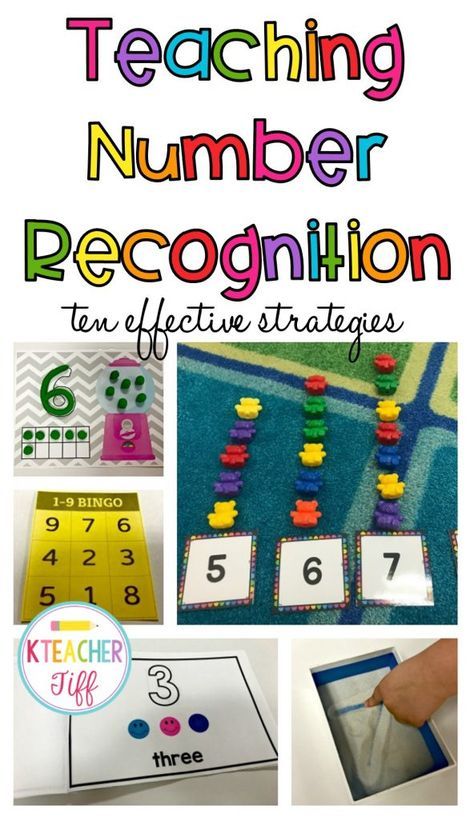 32 841.92] /Contents 161 0 R /group> /Tabs /S /StructParents 4 >> endobj 54 0 obj > /ExtGState> /ProcSet [/PDF /Text /ImageB /ImageC /ImageI] >> /MediaBox[0 0 595.32 841.92] /Contents 162 0 R /group> /Tabs /S /StructParents 50 >> endobj 55 0 obj > /ExtGState> /ProcSet [/PDF /Text /ImageB /ImageC /ImageI] >> /MediaBox [0 0 595.32 841.92] /Contents 163 0R /group> /Tabs /S /StructParents 51 >> endobj 56 0 obj > /ExtGState> /ProcSet [/PDF /Text /ImageB /ImageC /ImageI] >> /MediaBox [0 0 595.32 841.92] /Contents 164 0R /group> /Tabs /S /StructParents 52 >> endobj 57 0 obj > /ExtGState> /ProcSet [/PDF /Text /ImageB /ImageC /ImageI] >> /MediaBox[0 0 595.32 841.92] /Contents 165 0R /group> /Tabs /S /StructParents 53 >> endobj 58 0 obj > /ExtGState> /ProcSet [/PDF /Text /ImageB /ImageC /ImageI] >> /MediaBox [0 0 595.32 841.92] /Contents 166 0 R /group> /Tabs /S /StructParents 54 >> endobj 59 0 obj > /ExtGState> /ProcSet [/PDF /Text /ImageB /ImageC /ImageI] >> /Annots [167 0R] /MediaBox [0 0 595.
32 841.92] /Contents 161 0 R /group> /Tabs /S /StructParents 4 >> endobj 54 0 obj > /ExtGState> /ProcSet [/PDF /Text /ImageB /ImageC /ImageI] >> /MediaBox[0 0 595.32 841.92] /Contents 162 0 R /group> /Tabs /S /StructParents 50 >> endobj 55 0 obj > /ExtGState> /ProcSet [/PDF /Text /ImageB /ImageC /ImageI] >> /MediaBox [0 0 595.32 841.92] /Contents 163 0R /group> /Tabs /S /StructParents 51 >> endobj 56 0 obj > /ExtGState> /ProcSet [/PDF /Text /ImageB /ImageC /ImageI] >> /MediaBox [0 0 595.32 841.92] /Contents 164 0R /group> /Tabs /S /StructParents 52 >> endobj 57 0 obj > /ExtGState> /ProcSet [/PDF /Text /ImageB /ImageC /ImageI] >> /MediaBox[0 0 595.32 841.92] /Contents 165 0R /group> /Tabs /S /StructParents 53 >> endobj 58 0 obj > /ExtGState> /ProcSet [/PDF /Text /ImageB /ImageC /ImageI] >> /MediaBox [0 0 595.32 841.92] /Contents 166 0 R /group> /Tabs /S /StructParents 54 >> endobj 59 0 obj > /ExtGState> /ProcSet [/PDF /Text /ImageB /ImageC /ImageI] >> /Annots [167 0R] /MediaBox [0 0 595.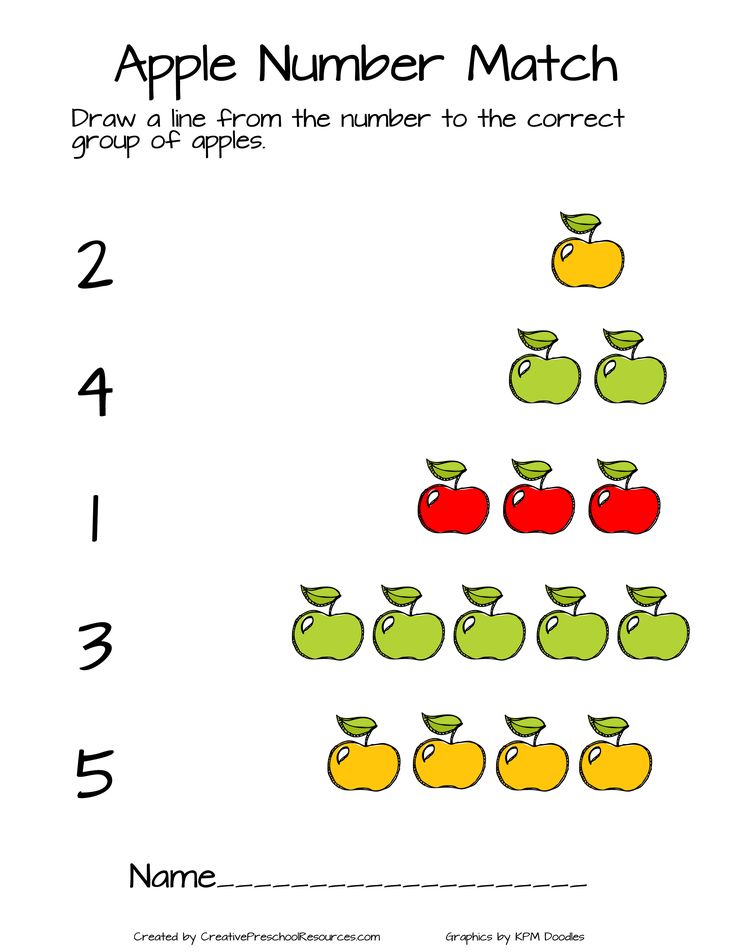 32 841.92] /Contents 168 0 R /group> /Tabs /S /StructParents 55 >> endobj 60 0 obj > /ExtGState> /ProcSet [/PDF /Text /ImageB /ImageC /ImageI] >> /MediaBox[0 0 595.32 841.92] /Contents 169 0 R /group> /Tabs /S /StructParents 57 >> endobj 61 0 obj > /ExtGState> /ProcSet [/PDF /Text /ImageB /ImageC /ImageI] >> /Annots [170 0 R 171 0 R] /MediaBox [0 0 595.32 841.92] /Contents 172 0 R /group> /Tabs /S /StructParents 58 >> endobj 62 0 obj > /ExtGState> /ProcSet [/PDF /Text /ImageB /ImageC /ImageI] >> /Annots [173 0 R 174 0 R 175 0 R] /MediaBox [0 0 595.32 841.92] /Contents 176 0 R /group> /Tabs /S /StructParents 61 >> endobj 63 0 obj > /ExtGState> /ProcSet [/PDF /Text /ImageB /ImageC /ImageI] >> /MediaBox[0 0 595.32 841.92] /Contents 177 0R /group> /Tabs /S /StructParents 65 >> endobj 64 0 obj > /ExtGState> /ProcSet [/PDF /Text /ImageB /ImageC /ImageI] >> /MediaBox [0 0 595.32 841.92] /Contents 178 0R /group> /Tabs /S /StructParents 66 >> endobj 65 0 obj > /ExtGState> /ProcSet [/PDF /Text /ImageB /ImageC /ImageI] >> /MediaBox [0 0 595.
32 841.92] /Contents 168 0 R /group> /Tabs /S /StructParents 55 >> endobj 60 0 obj > /ExtGState> /ProcSet [/PDF /Text /ImageB /ImageC /ImageI] >> /MediaBox[0 0 595.32 841.92] /Contents 169 0 R /group> /Tabs /S /StructParents 57 >> endobj 61 0 obj > /ExtGState> /ProcSet [/PDF /Text /ImageB /ImageC /ImageI] >> /Annots [170 0 R 171 0 R] /MediaBox [0 0 595.32 841.92] /Contents 172 0 R /group> /Tabs /S /StructParents 58 >> endobj 62 0 obj > /ExtGState> /ProcSet [/PDF /Text /ImageB /ImageC /ImageI] >> /Annots [173 0 R 174 0 R 175 0 R] /MediaBox [0 0 595.32 841.92] /Contents 176 0 R /group> /Tabs /S /StructParents 61 >> endobj 63 0 obj > /ExtGState> /ProcSet [/PDF /Text /ImageB /ImageC /ImageI] >> /MediaBox[0 0 595.32 841.92] /Contents 177 0R /group> /Tabs /S /StructParents 65 >> endobj 64 0 obj > /ExtGState> /ProcSet [/PDF /Text /ImageB /ImageC /ImageI] >> /MediaBox [0 0 595.32 841.92] /Contents 178 0R /group> /Tabs /S /StructParents 66 >> endobj 65 0 obj > /ExtGState> /ProcSet [/PDF /Text /ImageB /ImageC /ImageI] >> /MediaBox [0 0 595. 32 841.92] /Contents 179 0R /group> /Tabs /S /StructParents 67 >> endobj 66 0 obj > /ExtGState> /ProcSet [/PDF /Text /ImageB /ImageC /ImageI] >> /MediaBox[0 0 595.32 841.92] /Contents 180 0 R /group> /Tabs /S /StructParents 68 >> endobj 67 0 obj > /ExtGState> /ProcSet [/PDF /Text /ImageB /ImageC /ImageI] >> /MediaBox [0 0 595.32 841.92] /Contents 181 0 R /group> /Tabs /S /StructParents 69 >> endobj 68 0 obj > /ExtGState> /ProcSet [/PDF /Text /ImageB /ImageC /ImageI] >> /MediaBox [0 0 595.32 841.92] /Contents 182 0R /group> /Tabs /S /StructParents 70 >> endobj 69 0 obj > /ExtGState> /ProcSet [/PDF /Text /ImageB /ImageC /ImageI] >> /MediaBox[0 0 595.32 841.92] /Contents 183 0R /group> /Tabs /S /StructParents 71 >> endobj 70 0 obj > /ExtGState> /ProcSet [/PDF /Text /ImageB /ImageC /ImageI] >> /MediaBox [0 0 595.32 841.92] /Contents 184 0R /group> /Tabs /S /StructParents 72 >> endobj 71 0 obj > /ExtGState> /ProcSet [/PDF /Text /ImageB /ImageC /ImageI] >> /MediaBox [0 0 595.32 841.92] /Contents 186 0 R /group> /Tabs /S /StructParents 73 >> endobj 72 0 obj > /ExtGState> /XObject> /ProcSet [/PDF /Text /ImageB /ImageC /ImageI] >> /MediaBox[0 0 595.
32 841.92] /Contents 179 0R /group> /Tabs /S /StructParents 67 >> endobj 66 0 obj > /ExtGState> /ProcSet [/PDF /Text /ImageB /ImageC /ImageI] >> /MediaBox[0 0 595.32 841.92] /Contents 180 0 R /group> /Tabs /S /StructParents 68 >> endobj 67 0 obj > /ExtGState> /ProcSet [/PDF /Text /ImageB /ImageC /ImageI] >> /MediaBox [0 0 595.32 841.92] /Contents 181 0 R /group> /Tabs /S /StructParents 69 >> endobj 68 0 obj > /ExtGState> /ProcSet [/PDF /Text /ImageB /ImageC /ImageI] >> /MediaBox [0 0 595.32 841.92] /Contents 182 0R /group> /Tabs /S /StructParents 70 >> endobj 69 0 obj > /ExtGState> /ProcSet [/PDF /Text /ImageB /ImageC /ImageI] >> /MediaBox[0 0 595.32 841.92] /Contents 183 0R /group> /Tabs /S /StructParents 71 >> endobj 70 0 obj > /ExtGState> /ProcSet [/PDF /Text /ImageB /ImageC /ImageI] >> /MediaBox [0 0 595.32 841.92] /Contents 184 0R /group> /Tabs /S /StructParents 72 >> endobj 71 0 obj > /ExtGState> /ProcSet [/PDF /Text /ImageB /ImageC /ImageI] >> /MediaBox [0 0 595.32 841.92] /Contents 186 0 R /group> /Tabs /S /StructParents 73 >> endobj 72 0 obj > /ExtGState> /XObject> /ProcSet [/PDF /Text /ImageB /ImageC /ImageI] >> /MediaBox[0 0 595.

